Effectiveness of Spinal Decompression Therapy in Managing Sciatic Nerve Pain
September 25, 2025
8 min
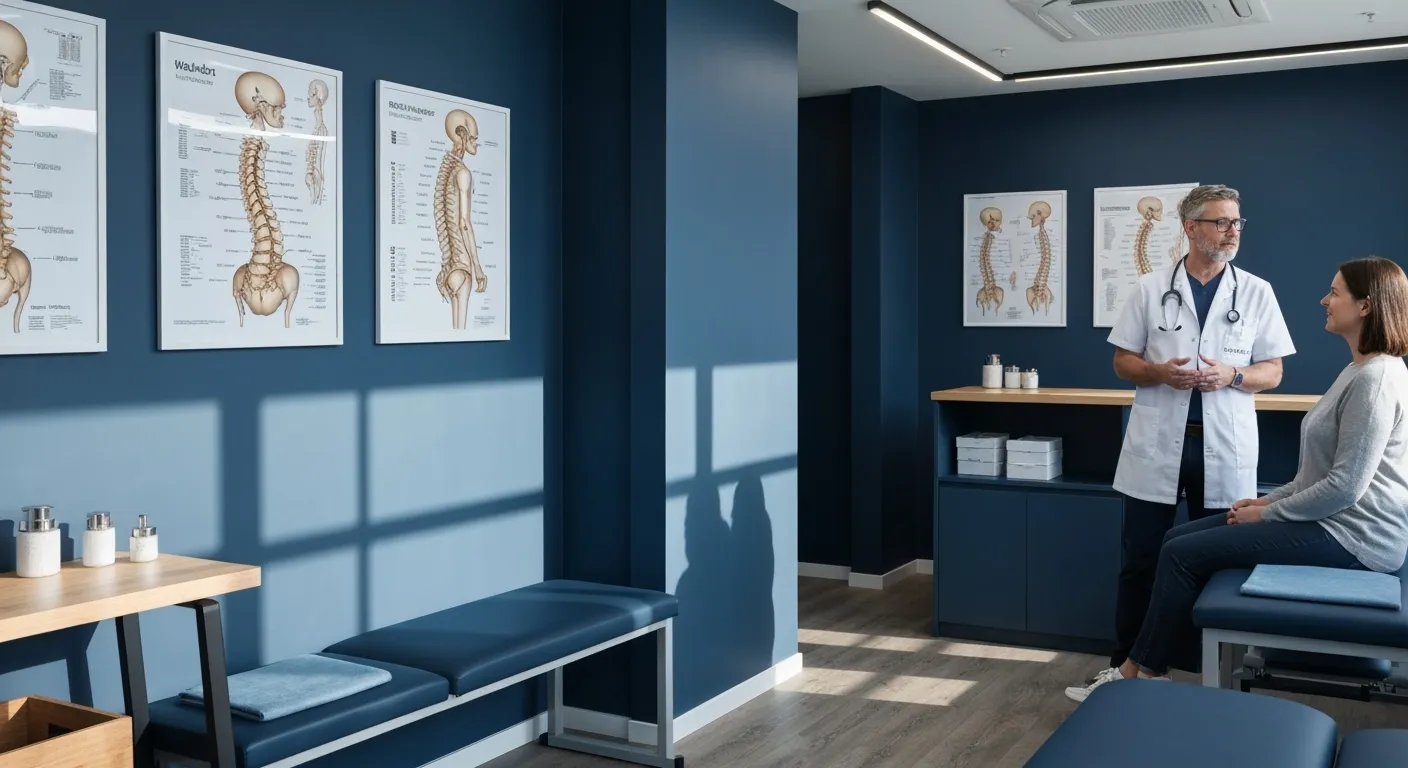
Unraveling Spinal Decompression Therapy
Sciatic nerve pain, often stemming from herniated discs and nerve compression, challenges millions with persistent discomfort and mobility issues. Spinal decompression therapy, a non-invasive treatment designed to alleviate pressure on the spine and nerves, has drawn attention for its potential effectiveness in managing this condition. This article delves into how spinal decompression therapy works, the supporting scientific evidence, patient outcomes, suitability criteria, treatment comparisons, and risks, providing a comprehensive overview for those seeking relief from sciatic nerve pain.
What Is Spinal Decompression Therapy and How Does It Alleviate Sciatic Nerve Pain?
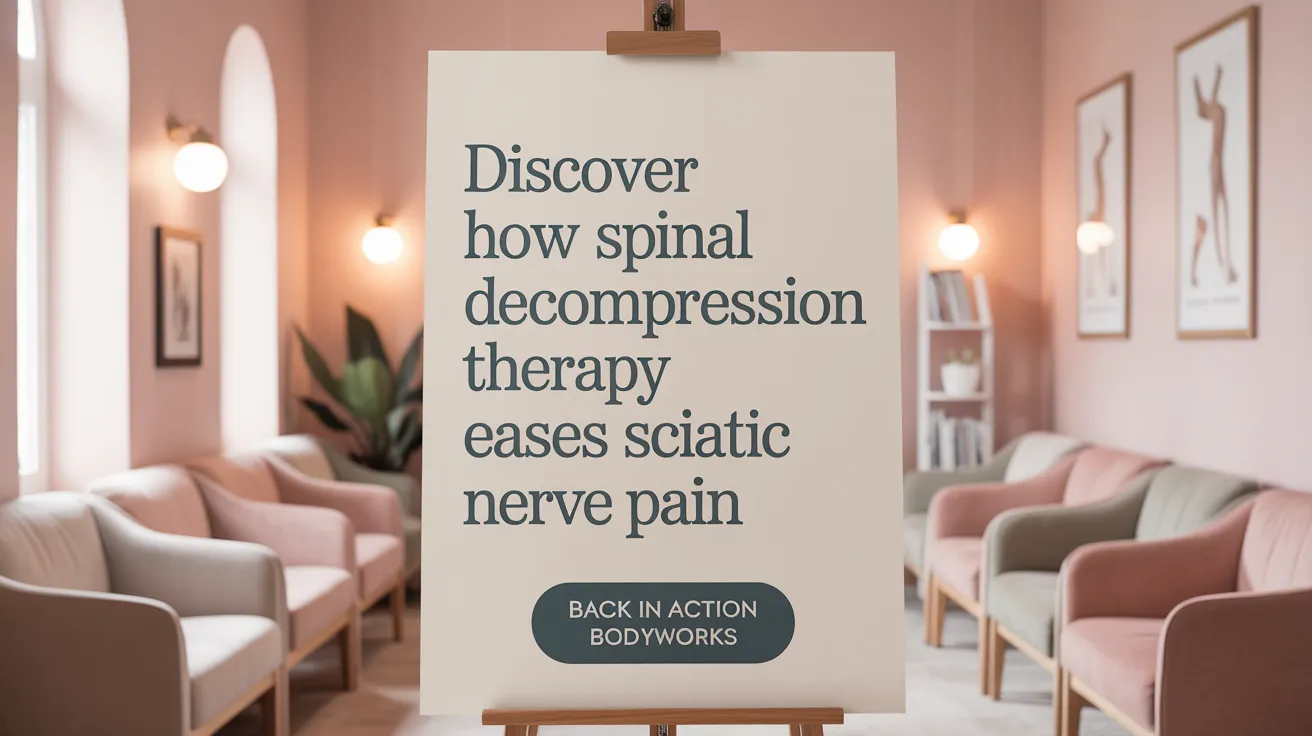
What is spinal decompression therapy and how does it help relieve sciatic nerve pain?
Spinal decompression therapy is a non-invasive treatment designed to relieve pressure on the spinal discs and nerves. This procedure involves the use of a specialized table, such as the SpineMED® system, which gently stretches the spine through computer-controlled traction. The goal is to create a vacuum effect inside the discs, which helps retract bulging or herniated disc material.
This vacuum effect reduces pressure on the sciatic nerve, a common source of pain, tingling, and numbness in cases of sciatic nerve irritation. The therapy also encourages the flow of water, oxygen, and nutrients into the affected discs, promoting natural hydration and healing. This targeted approach aims to address the root causes of pain rather than just masking symptoms.
By alleviating nerve compression caused by conditions like herniated discs, spinal stenosis, or degenerative disc disease, spinal decompression therapy offers a promising alternative to more invasive surgical procedures. Its effectiveness has been supported by various studies showing success rates between 70% and 90% for herniated discs, with many patients experiencing significant symptom relief. Overall, this therapy can support nerve recovery and improve quality of life for those suffering from sciatic nerve pain, making it a safe and personalized option for many individuals.
Scientific and Clinical Evidence Supporting Spinal Decompression Therapy
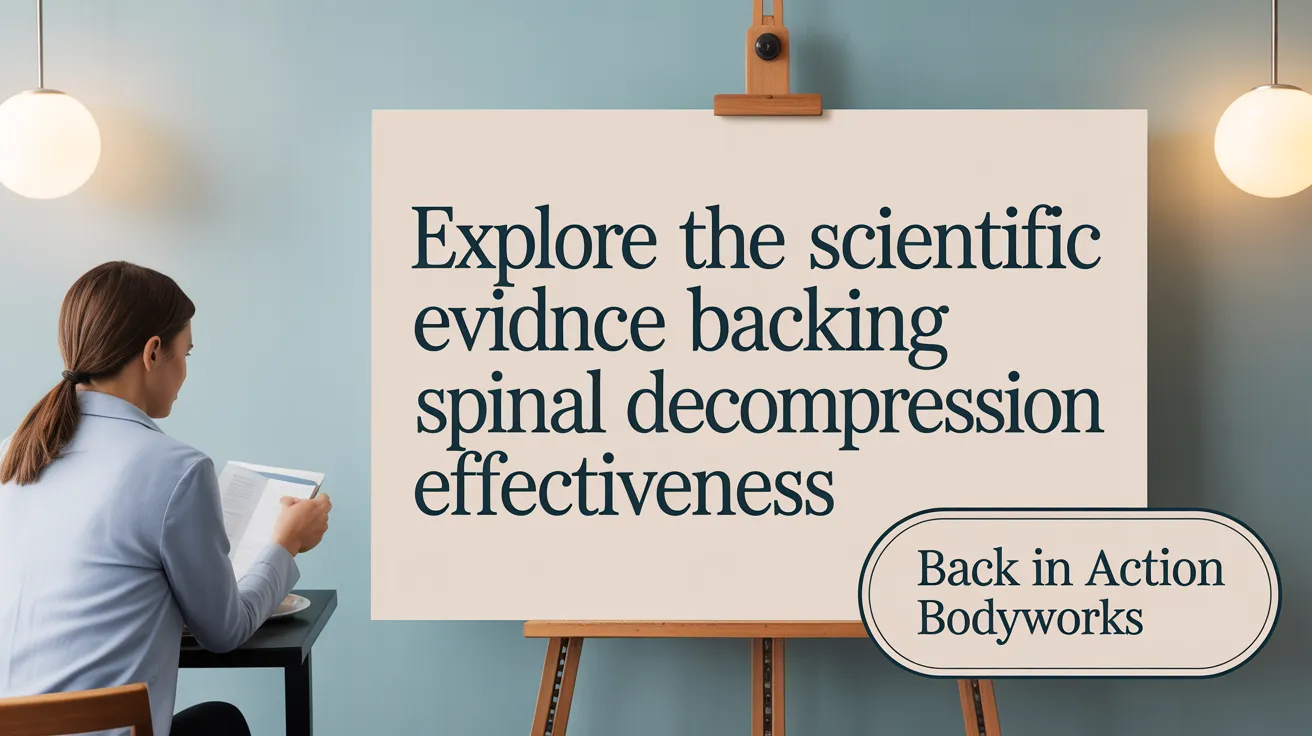
What scientific and clinical evidence supports the effectiveness of spinal decompression therapy for managing sciatic nerve pain?
Research into spinal decompression therapy, particularly for sciatic nerve pain caused by herniated discs, has shown promising results. Several studies and trials have indicated potential benefits, although they vary in scale and design.
One notable type of evidence comes from randomized controlled trials. For example, studies utilizing devices like the DRX9000 have reported substantial decreases in disc herniation volume, with MRI scans showing herniation reduction by approximately 27.6% on average, and some cases as high as 77%. These reductions often correlate with significant pain relief and improved mobility in patients.
Patients undergoing nonsurgical decompression treatments commonly report pain reductions of up to 80%. Additionally, measurable improvements include increased disc height and enlargement of the spinal canal, which can relieve pressure on nerve roots, like the sciatic nerve.
Case series and retrospective analyses support these findings, showing positive outcomes such as decreased nerve compression and improved function. Physiologically, the therapy creates a negative pressure within the disc space, helping to reposition bulging or herniated material, which reduces nerve impingement.
Despite these encouraging findings, the evidence currently has limitations. Many studies cited have small sample sizes, lack blinding, or absence of control groups, which makes it difficult to draw definitive conclusions.
Therefore, while current clinical evidence suggests that spinal decompression can be effective for sciatic pain, more rigorous, large-scale research is needed. Well-designed studies with standardized protocols will help clarify the therapy’s benefits and establish clearer guidelines for its use.
| Study Type | Main Findings | Limitations | Additional Notes |
|---|---|---|---|
| Randomized trials | 27.6%-77% disc herniation reduction, significant pain relief | Small sample sizes, lack of blinding | MRI evaluations showed structural improvements |
| Case series | Pain reduction up to 80%, improved mobility | No control, placebo effects possible | Patients reported high satisfaction |
| Physiological studies | Reduction in intradiscal pressure, improved nerve function | Preliminary, clinical significance unclear | Indications of tissue healing potential |
Overall, the evidence supports the potential of spinal decompression therapy as a non-invasive approach to manage sciatic nerve pain, but further research is necessary to validate and optimize treatment protocols.
Benefits, Success Rates, and Typical Outcomes of Spinal Decompression Therapy
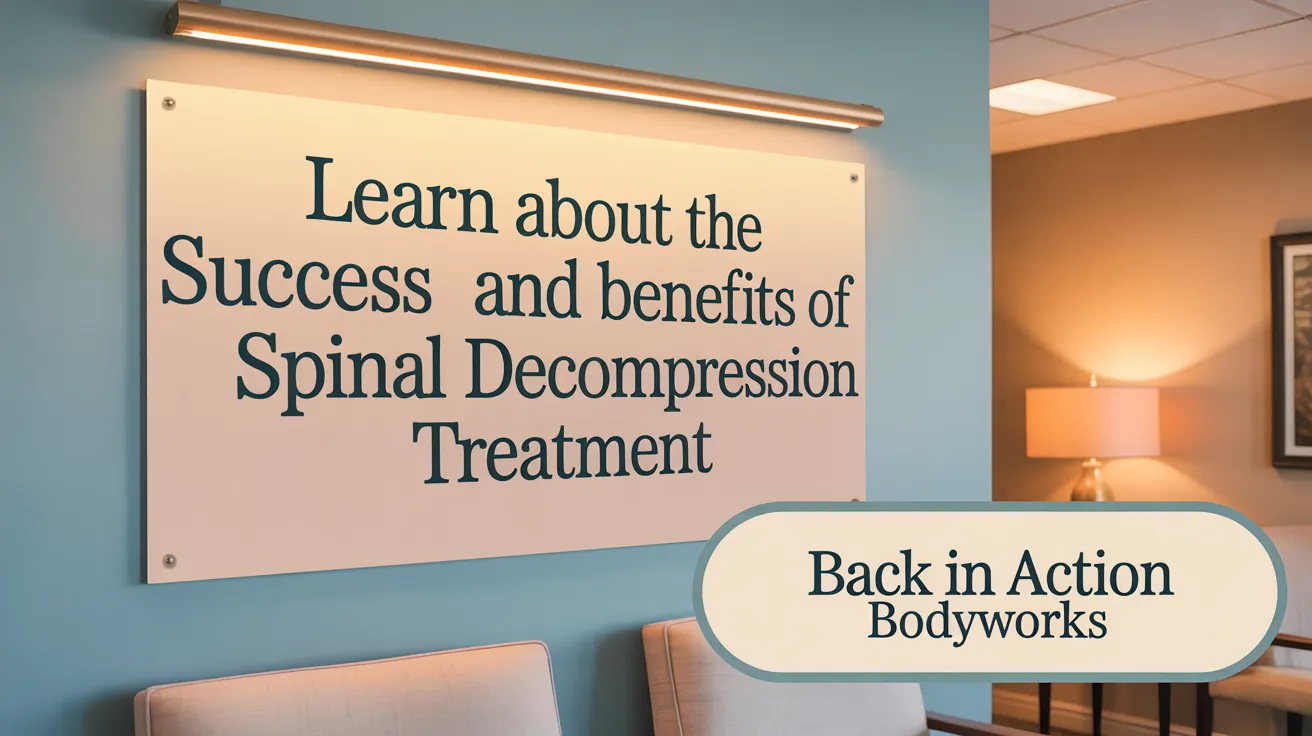
Spinal decompression therapy has become a popular non-invasive treatment option for individuals suffering from sciatic nerve pain caused by conditions such as herniated discs, spinal stenosis, and degenerative disc disease.
Clinical evidence suggests that the therapy can be highly effective. Success rates for herniated or bulging discs typically range from 70% to 89%, with some studies reporting relief as high as 85-90%. Patients often notice significant improvement in symptoms within just a few weeks of starting treatment.
Many patients experience substantial pain reduction and enhanced mobility after completing the recommended series of sessions. Reports indicate that approximately 76% to 80% of individuals benefit from the therapy, decreasing their dependence on pain medications and reducing the need for surgical interventions.
MRI scans and other imaging techniques have shown that decompression therapy can lead to physical improvements such as increased disc height and diminished disc herniation. These structural changes support long-term symptom relief.
Patient satisfaction tends to be high, especially when treatment protocols are properly followed and patient selection is appropriate. Although outcomes are generally positive, success is influenced by factors such as age, severity of the condition, overall health, and compliance with recommended therapies.
In conclusion, spinal decompression therapy often results in favorable patient outcomes, providing a safe alternative to surgery with minimal discomfort and a high rate of symptom relief.
| Condition | Success Rate Range | Typical Patient Outcomes | Additional Notes |
|---|---|---|---|
| Herniated Discs | 70-89% | Pain relief, improved mobility, disc rehydration | Effectiveness influenced by patient selection |
| Sciatica | 72-86% | Reduced nerve compression, decreased pain | Often quick symptom improvement |
| Degenerative Disc Disease | 68-85% | Enhanced spine function, decreased pain | Usually part of a stepped treatment approach |
| Spinal Stenosis | 60-80% | Pain relief, increased activity levels | Results may vary based on severity and age |
Overall, while not a guaranteed cure, spinal decompression therapy provides a promising option for many patients seeking conservative care.
Suitability and Comparisons with Conventional Treatments

Who is a good candidate for spinal decompression therapy to treat sciatic nerve pain?
A suitable candidate for spinal decompression therapy is typically someone suffering from chronic neck, back, or leg pain caused by nerve compression. Conditions such as herniated discs, degenerative disc disease, or spinal stenosis are common reasons for this therapy. Candidates often have not found relief through other conservative methods like physical therapy, medications, or injections.
Patients experiencing nerve swelling near the pelvis or nerve impingement related to disc bulges or herniations may benefit. However, individuals with severe osteoporosis, recent spinal fractures, tumors, infections, or other serious spinal conditions should avoid this treatment. Proper assessment by a healthcare professional is important to rule out contraindications, ensuring safety and the likelihood of successful outcomes.
How does spinal decompression therapy compare to conventional treatments for sciatica?
Spinal decompression therapy is a gentle, non-invasive method that aims to reduce pressure on spinal discs and nerves, including the sciatic nerve. It has demonstrated effectiveness in alleviating pain and improving mobility, with success rates reported between 70% and 90% for conditions like herniated discs and sciatica.
Compared to traditional traction, decompression offers a more targeted approach by creating negative pressure within the discs, encouraging rehydration and healing. It matches or exceeds the outcomes of other non-surgical traction techniques in many cases.
When compared to surgical procedures such as discectomy, decompression therapy is less invasive, carries fewer risks, and requires minimal recovery time. Studies indicate that for chronic sciatica, conservative treatments often lead to patient satisfaction and sustained relief, particularly in the absence of neurological deficits.
Overall, spinal decompression provides a comparable, minimally invasive alternative to both basic traction and surgical interventions, fitting well within a progressive treatment approach for nerve-related back pain.
Risks, Limitations, and Considerations in Spinal Decompression Therapy
What are the potential risks and limitations of spinal decompression therapy for sciatic nerve pain?
Spinal decompression therapy is generally safe; however, it does carry some risks and limitations that patients should be aware of. Common side effects include muscle spasms, soreness, or aching in the treated area, which typically resolve shortly after treatment.
In rare cases, patients may experience increased pain or discomfort during or following sessions. More serious complications, such as nerve damage or symptom aggravation, are uncommon but possible, particularly if contraindications are not properly identified.
Contraindications pose significant safety concerns. Individuals with spinal instability, severe nerve damage, or those who have undergone recent spinal surgery with hardware implantation may face higher risks. Other conditions like osteoporosis, tumors, or infections involving the spine can also increase the chance of complications.
Effectiveness of the therapy varies depending on the underlying cause of pain. While many patients experience relief, those with severe nerve damage or advanced degenerative disc disease may see limited benefits. Additionally, treatment often requires multiple sessions—typically 15 to 30 over 4 to 6 weeks—which can be costly.
Cost considerations are important, as spinal decompression therapy may not be covered by insurance and could be an out-of-pocket expense for many. Furthermore, pain relief achieved during or after therapy may not be permanent, and some patients might need ongoing treatments or other interventions.
Given these factors, the importance of professional supervision from qualified healthcare providers cannot be overstated. Proper patient selection, careful screening, and adherence to treatment protocols help minimize risks and optimize outcomes. Patients should consult experienced clinicians to determine if this therapy is suitable for their specific condition.
Summarizing the Role of Spinal Decompression in Sciatic Pain Management
Spinal decompression therapy emerges as a promising, non-invasive option for managing sciatic nerve pain associated with herniated discs and related spinal conditions. It functions by gently stretching the spine to alleviate nerve pressure and facilitate healing, with a growing body of clinical evidence supporting its effectiveness in reducing pain and improving mobility. Patients often experience notable benefits, including reduced reliance on medications and avoidance of surgery, though success is closely tied to appropriate candidate selection and adherence to treatment plans. While it compares favorably with conventional non-surgical treatments and offers a safer alternative to surgery for many, potential risks, contraindications, and the need for multiple sessions highlight the importance of thorough medical evaluation and professional guidance. Ongoing research will continue to clarify its long-term efficacy and optimal application. Ultimately, spinal decompression therapy stands as a valuable tool in comprehensive sciatic pain management strategies, offering relief and improved quality of life for numerous sufferers.
References
- Spinal Decompression Therapy: Can It Help Sciatica?
- Non-surgical spinal decompression therapy
- Spinal Decompression Therapy: Lower Back Pain & ...
- The Effectiveness of Spinal Decompression for Sciatica ...
- Does Back Decompression Therapy Really Work
- Relief from Sciatic Pain with Spinal Decompression Therapy
- The Outcomes Of Spinal Decompression in Downey CA
- The Benefits of Spinal Decompression for Sciatica
- Spinal Decompression Therapy: Can It Help Sciatica?
- How Does Spinal Decompression Therapy Treat Sciatica?
Recent articles

Chiropractic Methods That Provide Lasting Relief from Back Pain
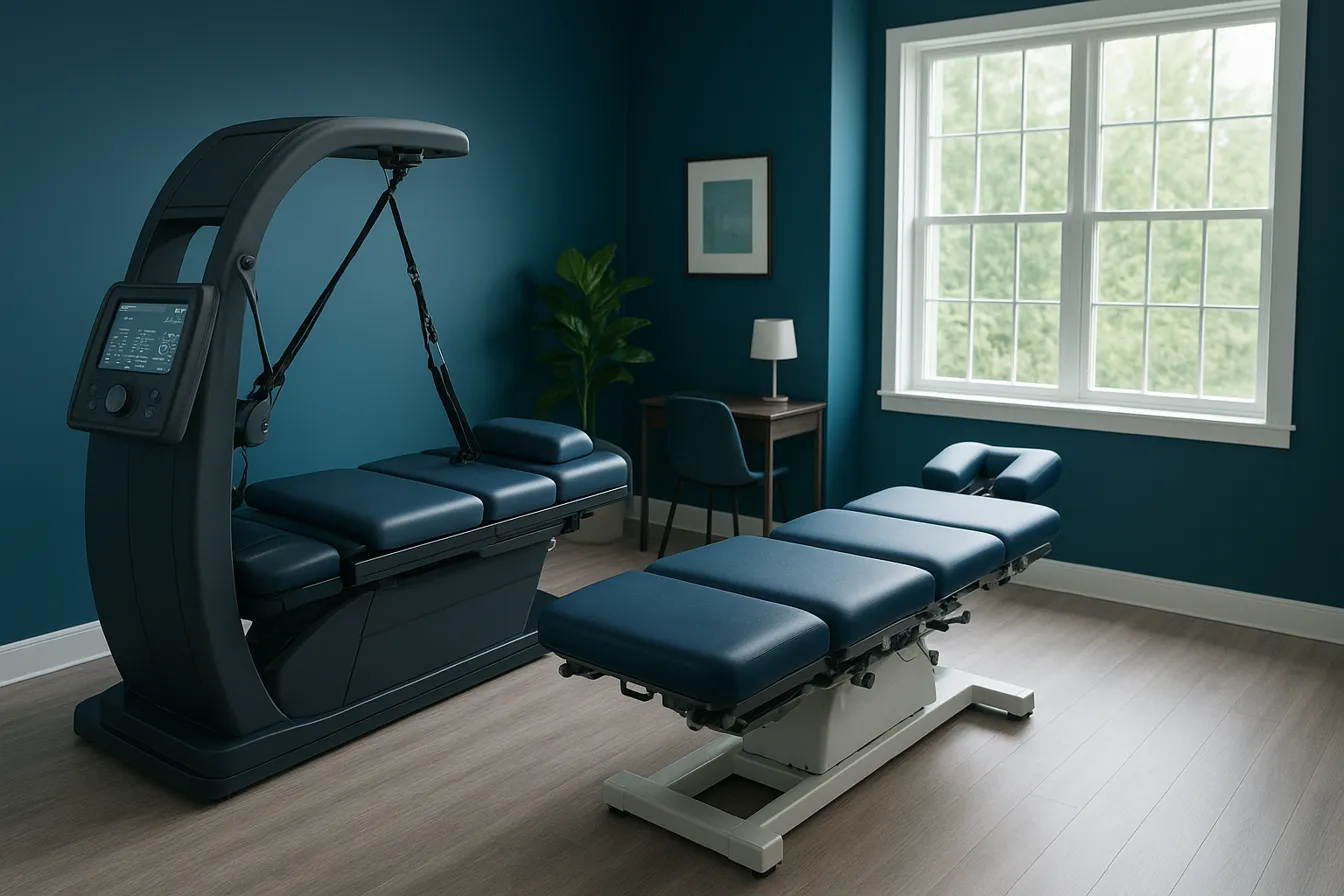
Understanding Spinal Decompression and Its Benefits for Sciatica

Real Patient Testimonials: Success Stories in Chiropractic Care

Top Questions to Ask Your Chiropractor During Your Initial Visit
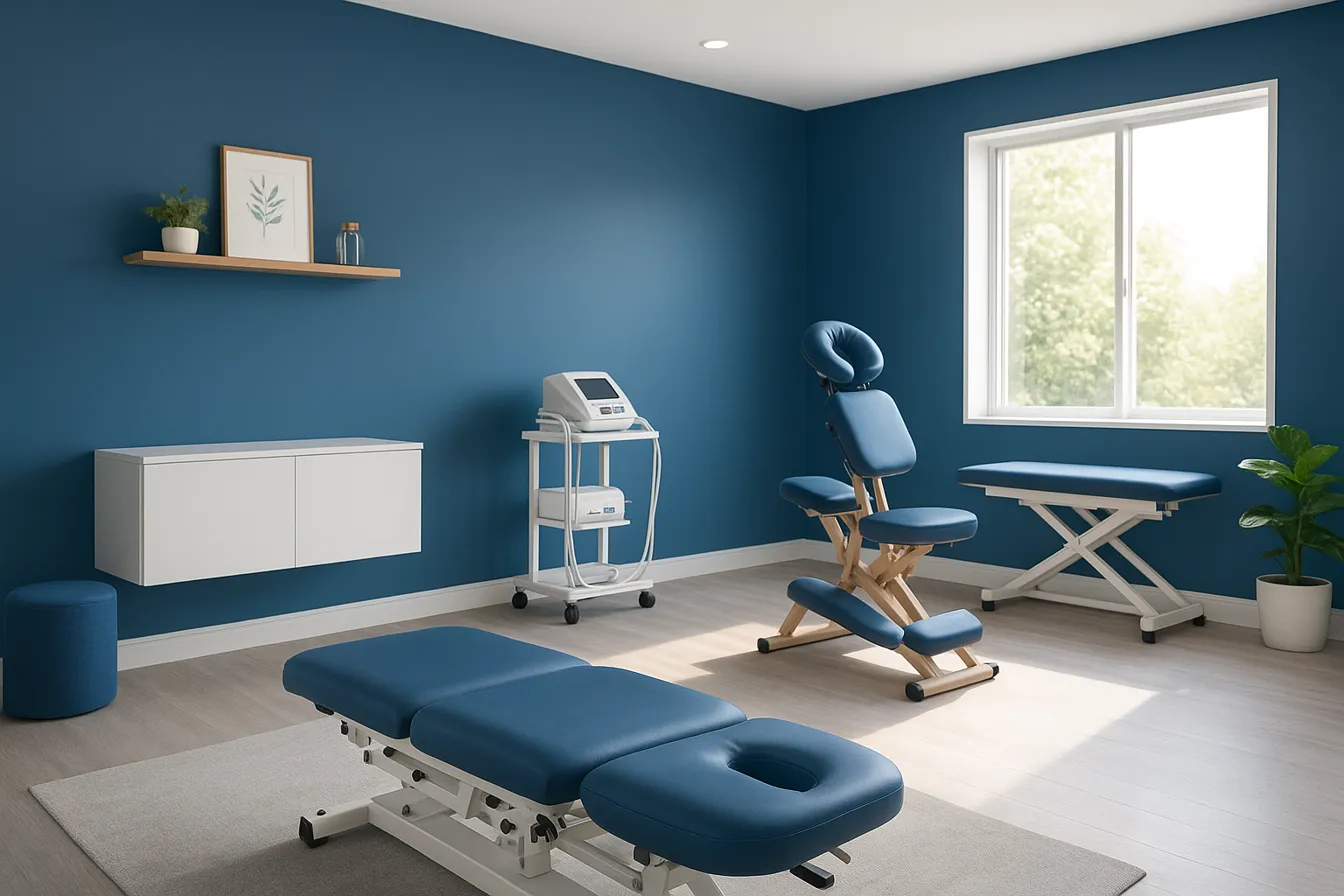
Physiotherapy's Role in Supporting Chiropractic Treatment Plans

The Role of Diet and Nutrition in Enhancing Wellness and Chiropractic Care
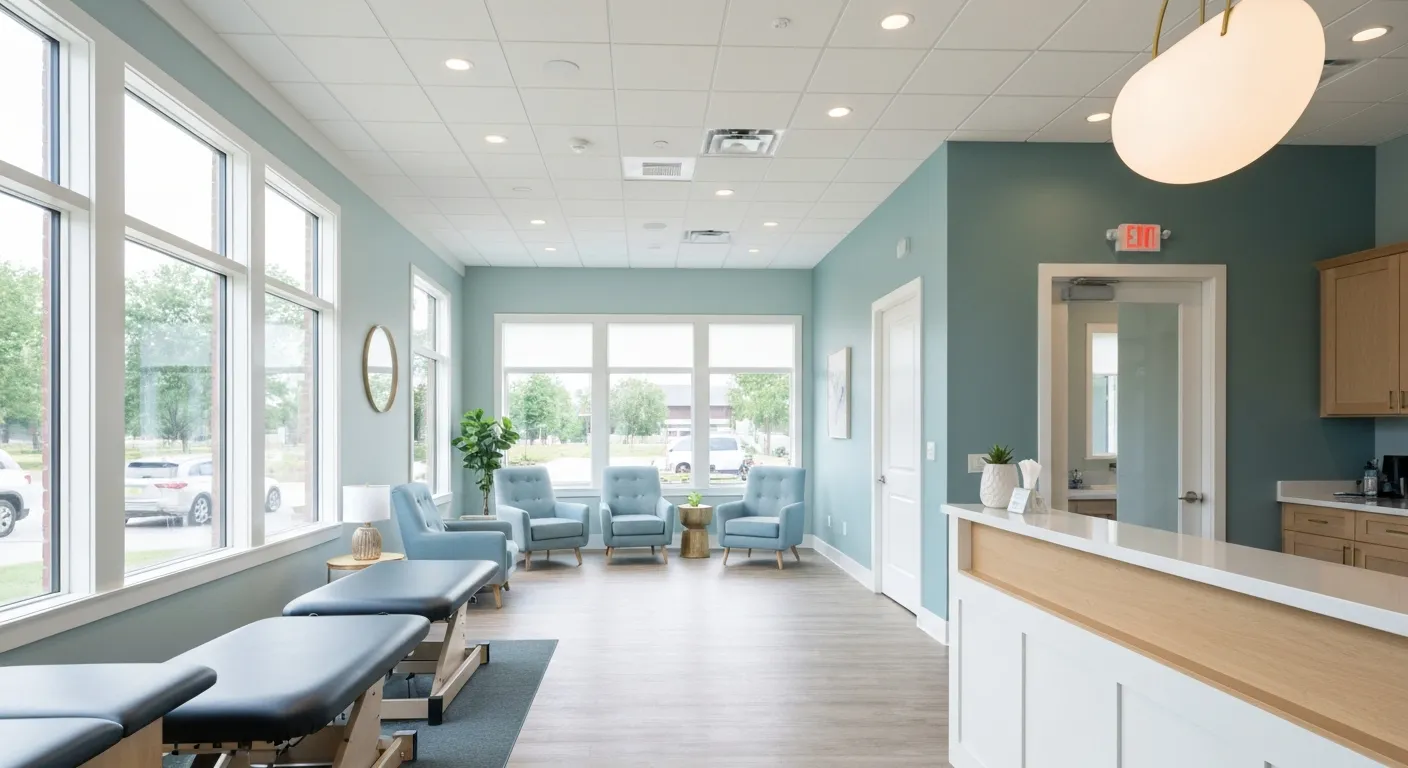
Inspiring Patient Testimonials Highlighting Chiropractic Success

Chiropractic Care: A Natural Solution for Back Pain Relief
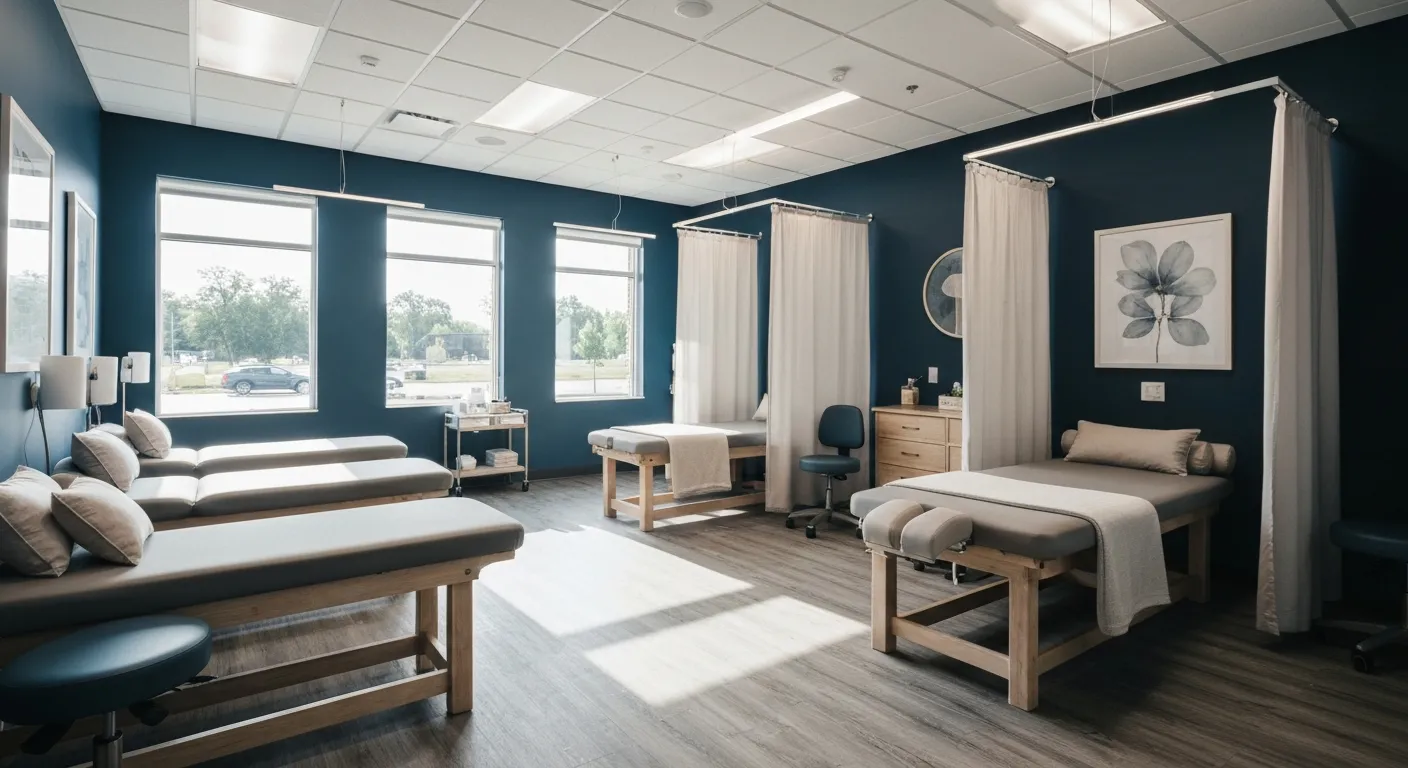
Amazing Patient Success Stories in Chiropractic Wellness
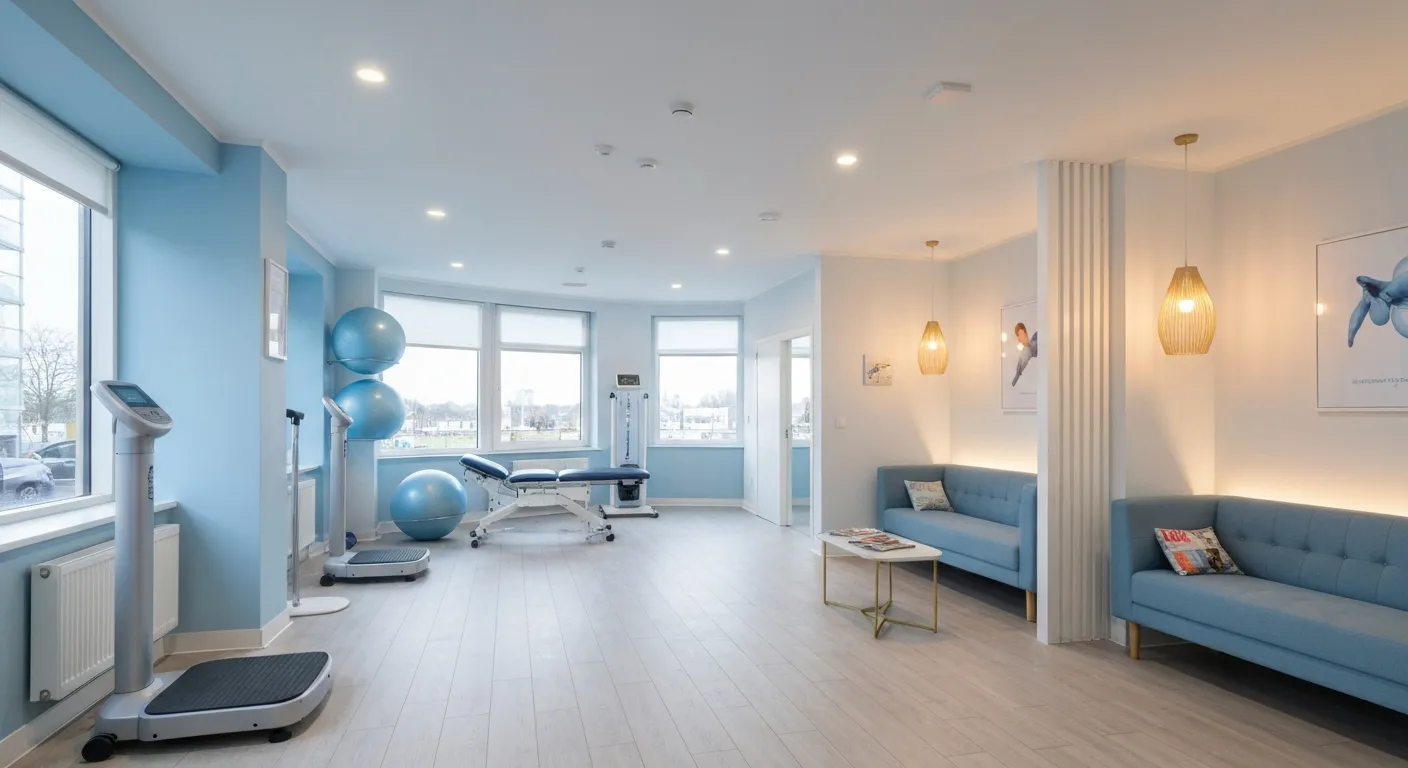
Combining Physiotherapy and Chiropractic for Optimal Healing
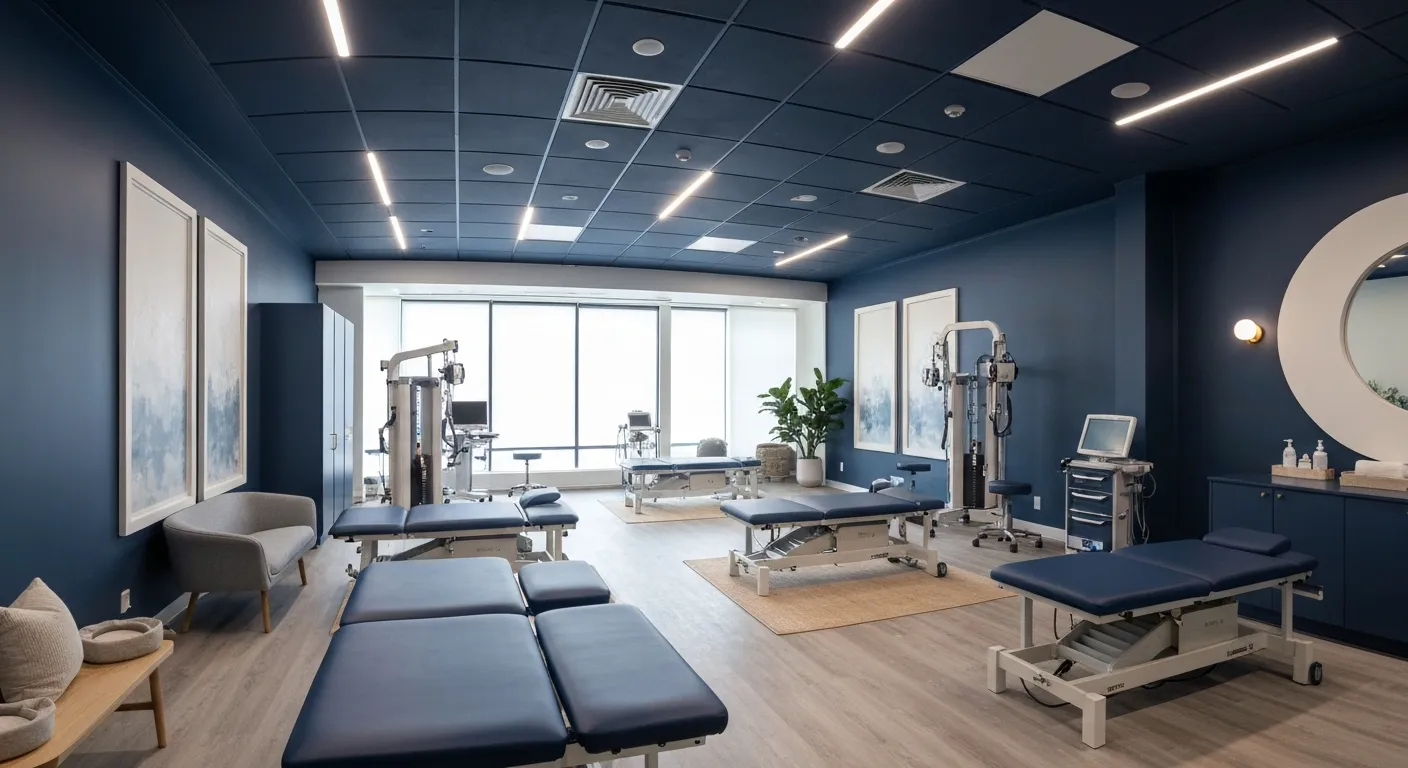
Spinal Decompression Therapy: A Breakthrough for Sciatica Sufferers

5 Holistic Treatments That Complement Chiropractic Care
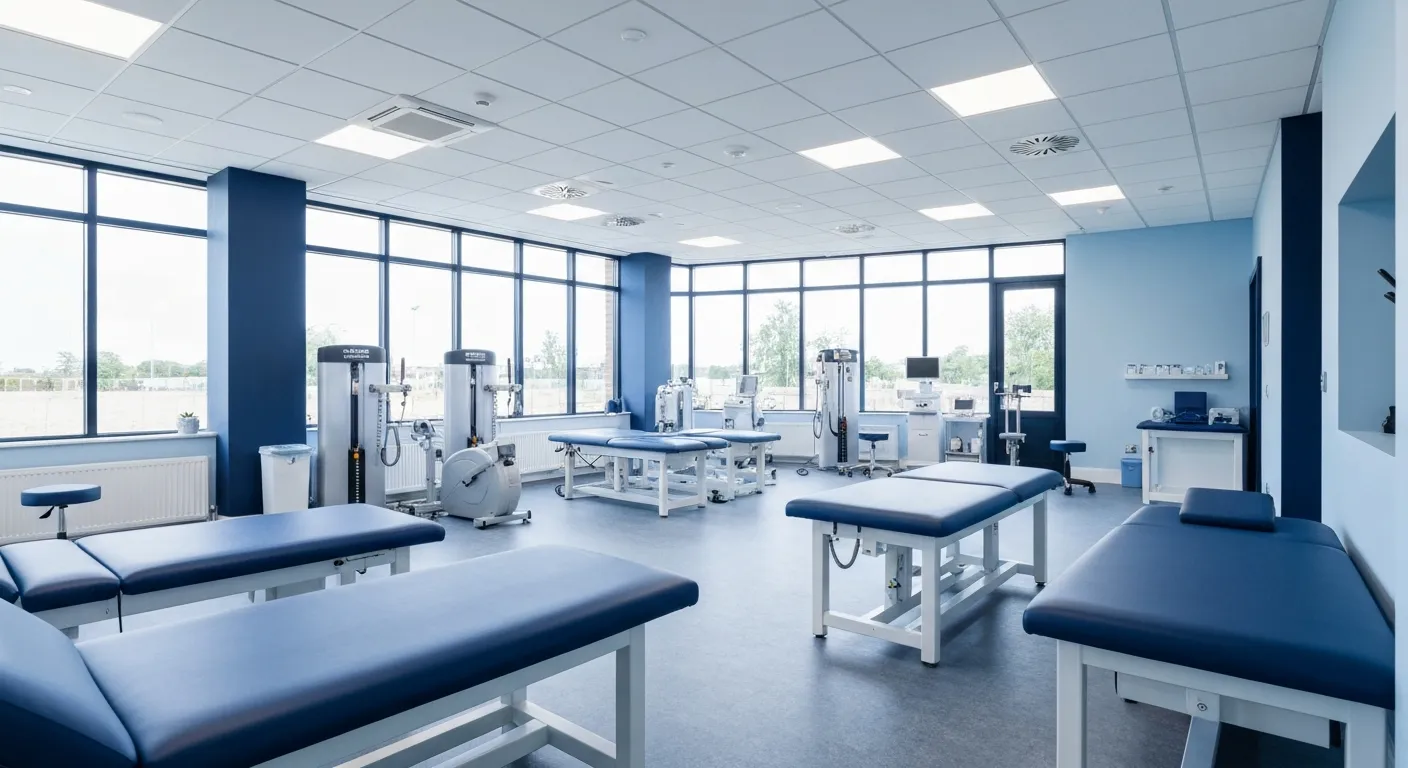
How Physiotherapy Supports and Enhances Chiropractic Treatment

Root Cause Versus Symptom Treatment: Making the Right Choice

7 Essential Things to Know Before Choosing Your Chiropractor
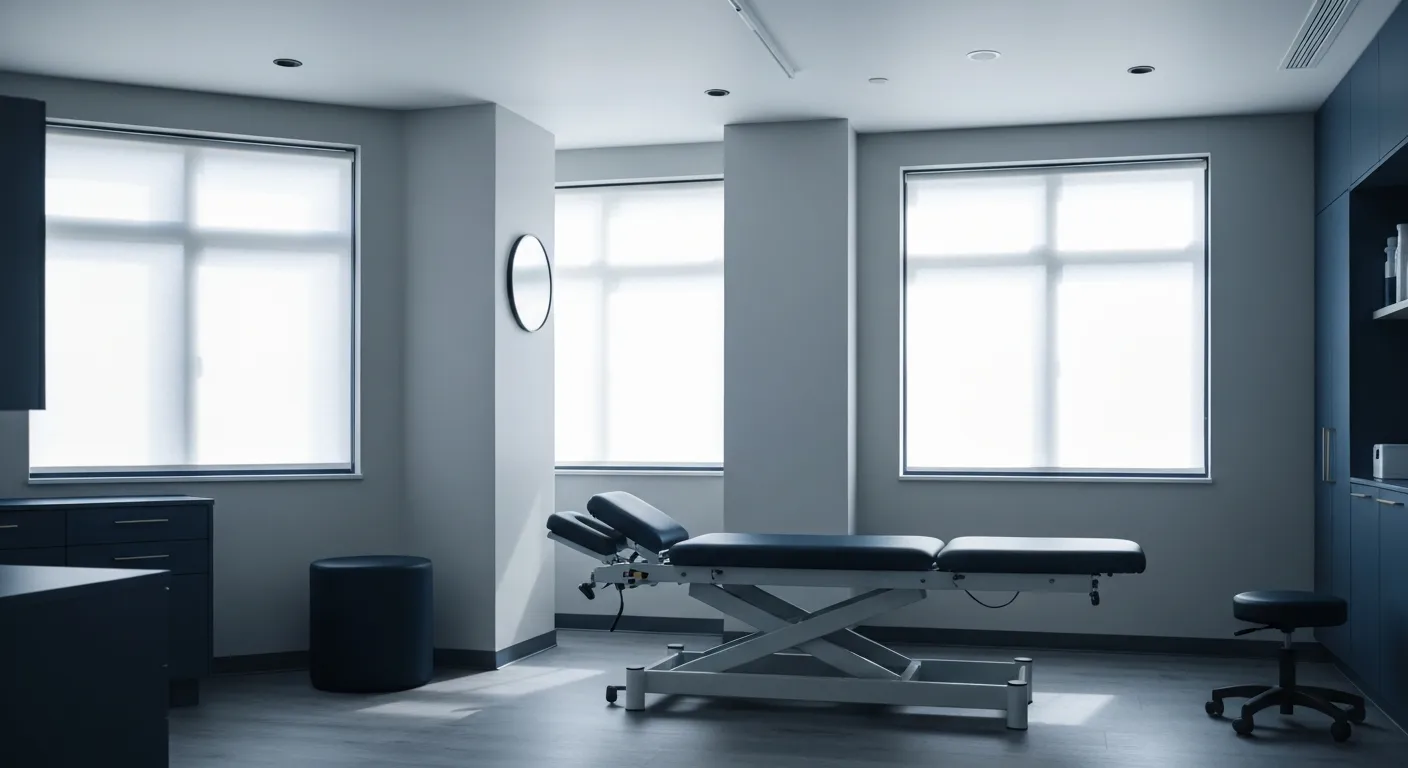
Why Addressing Root Causes of Pain Matters More Than Just Symptoms

Nutritional Counseling Strategies to Boost Your Overall Wellness

How Spinal Decompression Therapy Alleviates Sciatic Nerve Pain
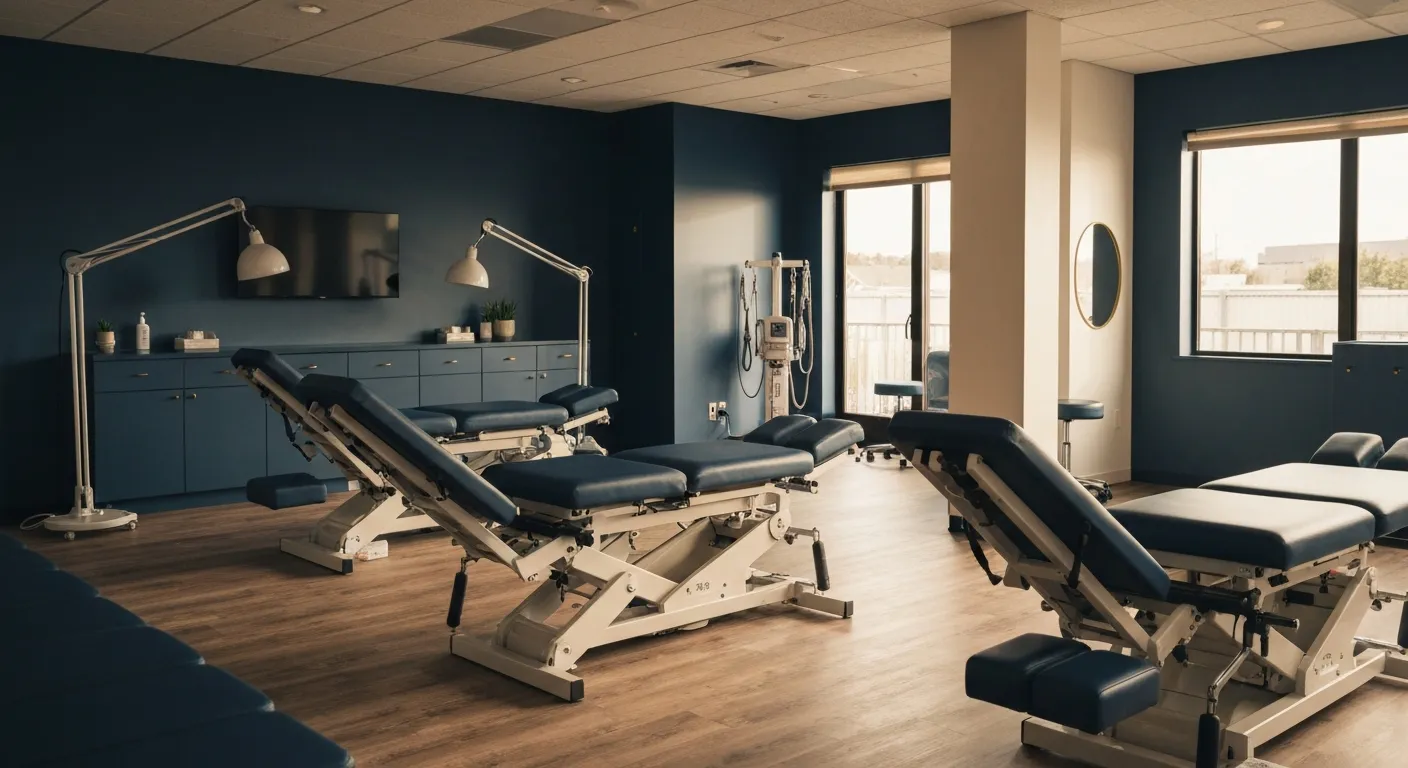
Long-Term Pain Relief Through Targeted Corrective Exercises

10 Benefits of Integrating Physiotherapy with Chiropractic Treatments

Corrective Exercises That Help Prevent Recurring Pain

8 Corrective Exercises Proven for Lasting Pain Relief

Lifestyle Habits for Maintaining a Healthy Spine
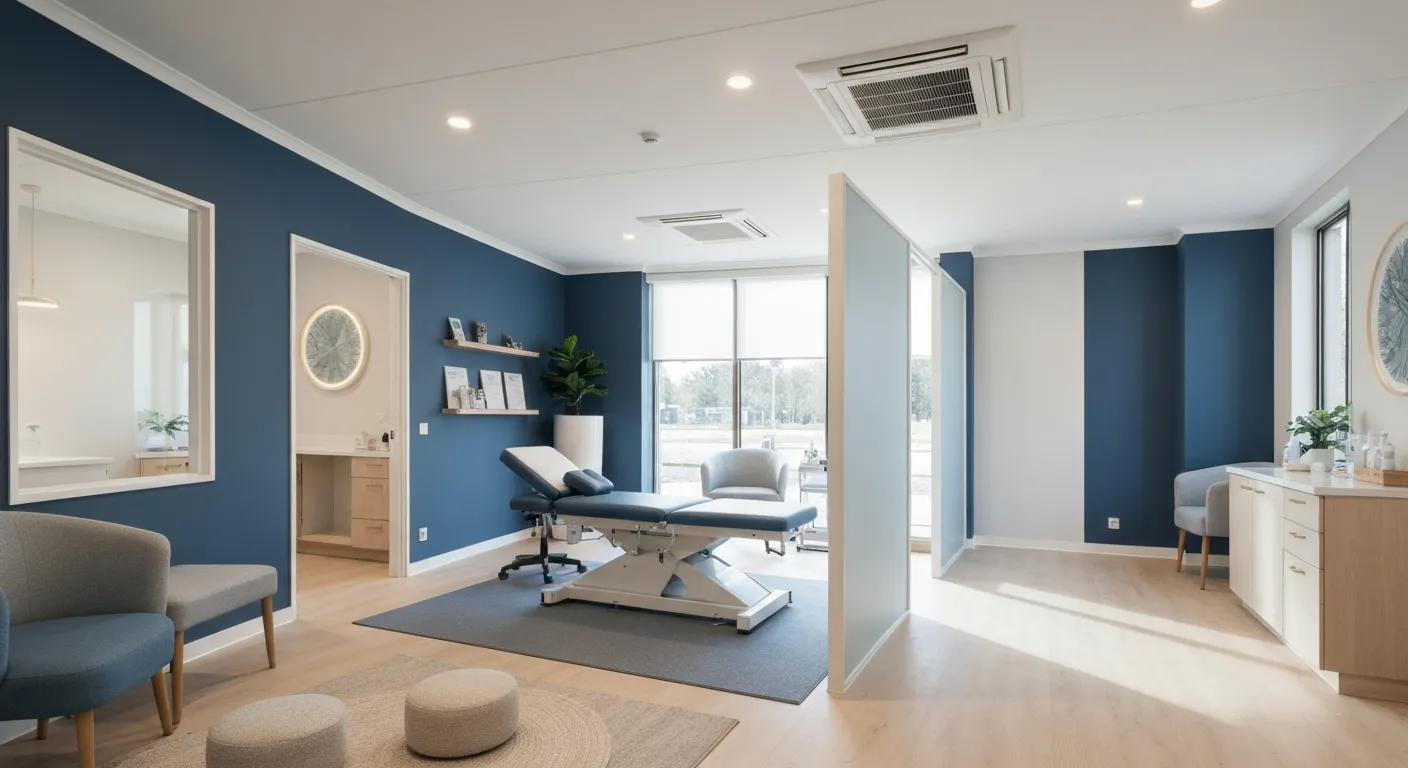
What You Will Experience at Your Initial Chiropractic Visit
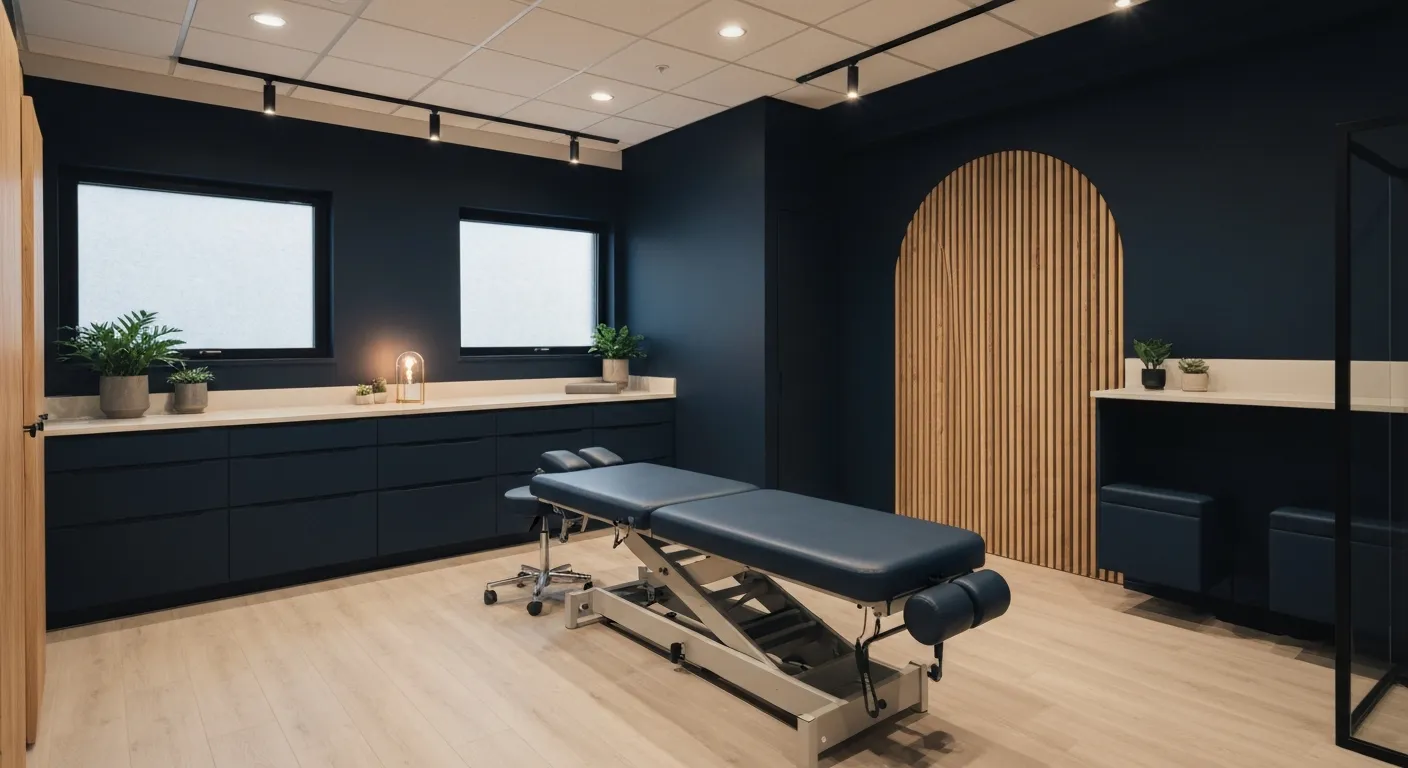
What Happens at Your First Visit to a Chiropractor?
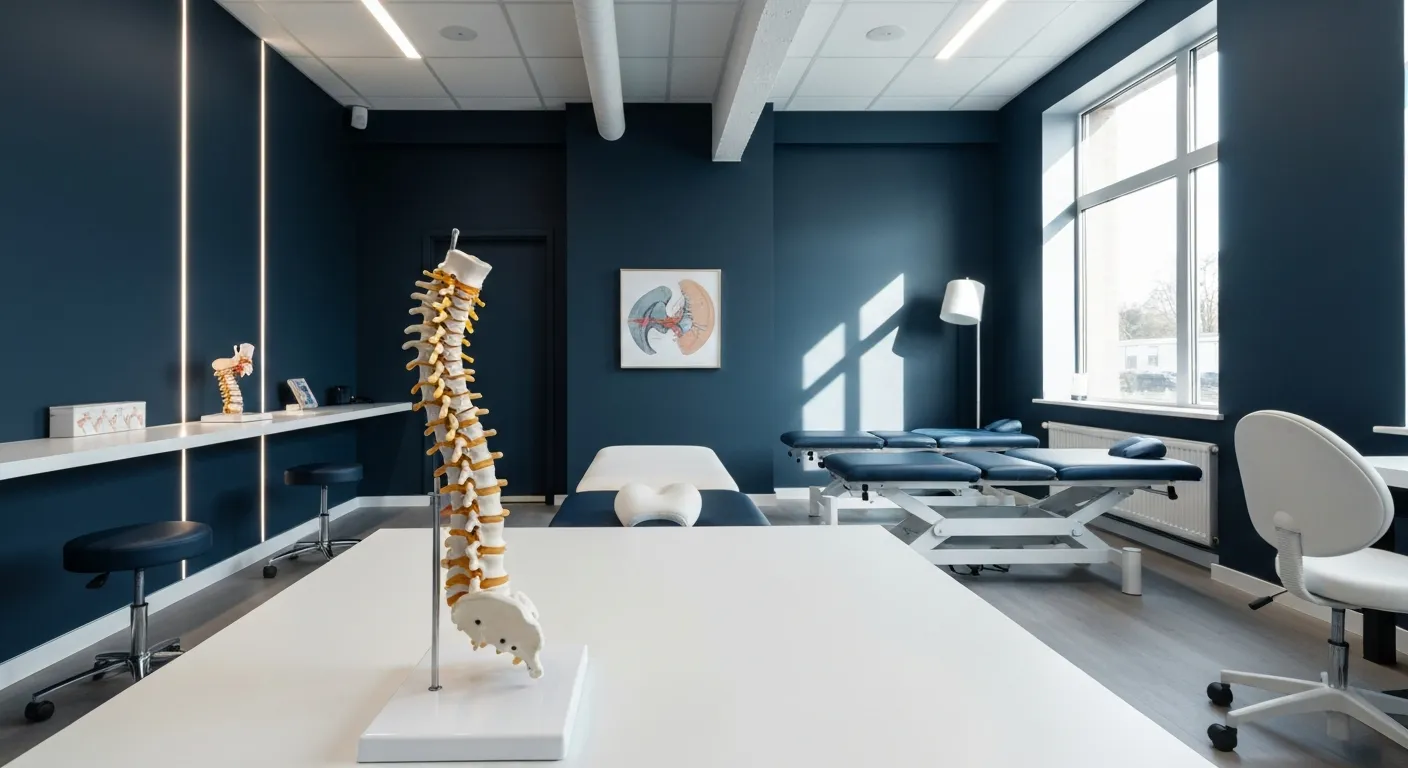
Focusing on Root Cause Analysis for Effective Pain Relief
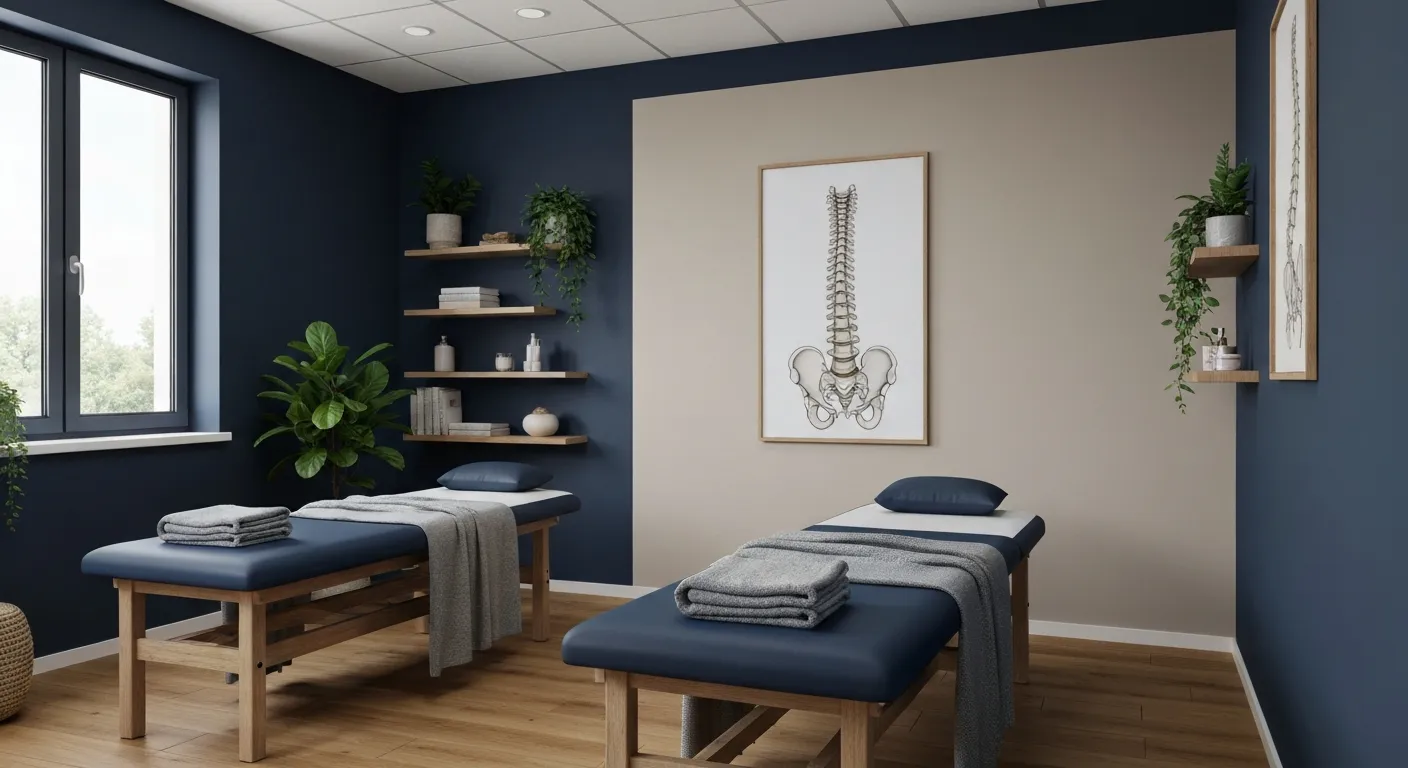
Tips for Lifestyle Changes to Support Spinal Health

Tips for Lifestyle Changes to Support Spinal Health

Holistic Treatment Plans: Alternatives to Surgery for Chronic Pain
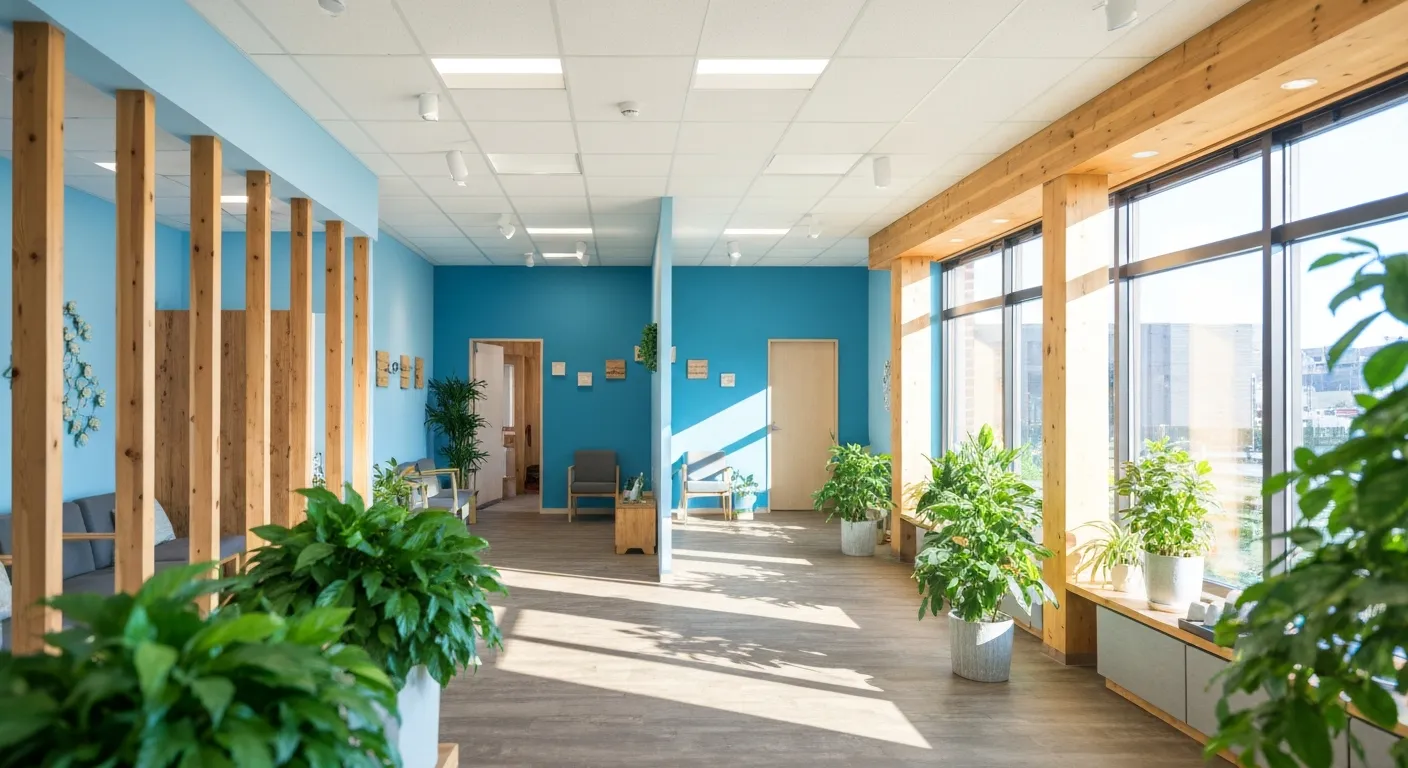
Enhance Wellness Through Personalized Nutritional Counseling

Non-Invasive Pain Relief: Exploring Holistic Treatment Alternatives
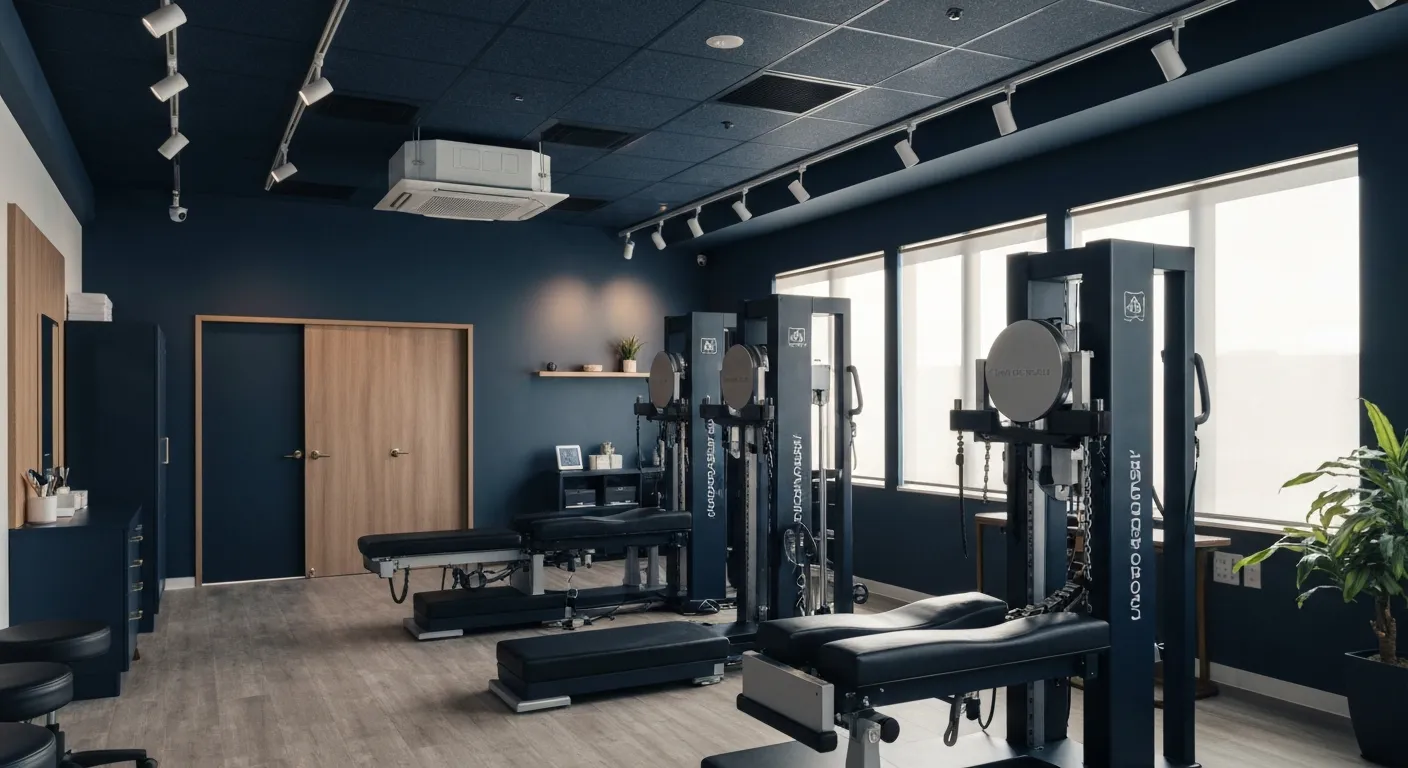
Sciatica Relief Through Targeted Spinal Decompression

Integrating Physiotherapy with Chiropractic Treatments for Better Results
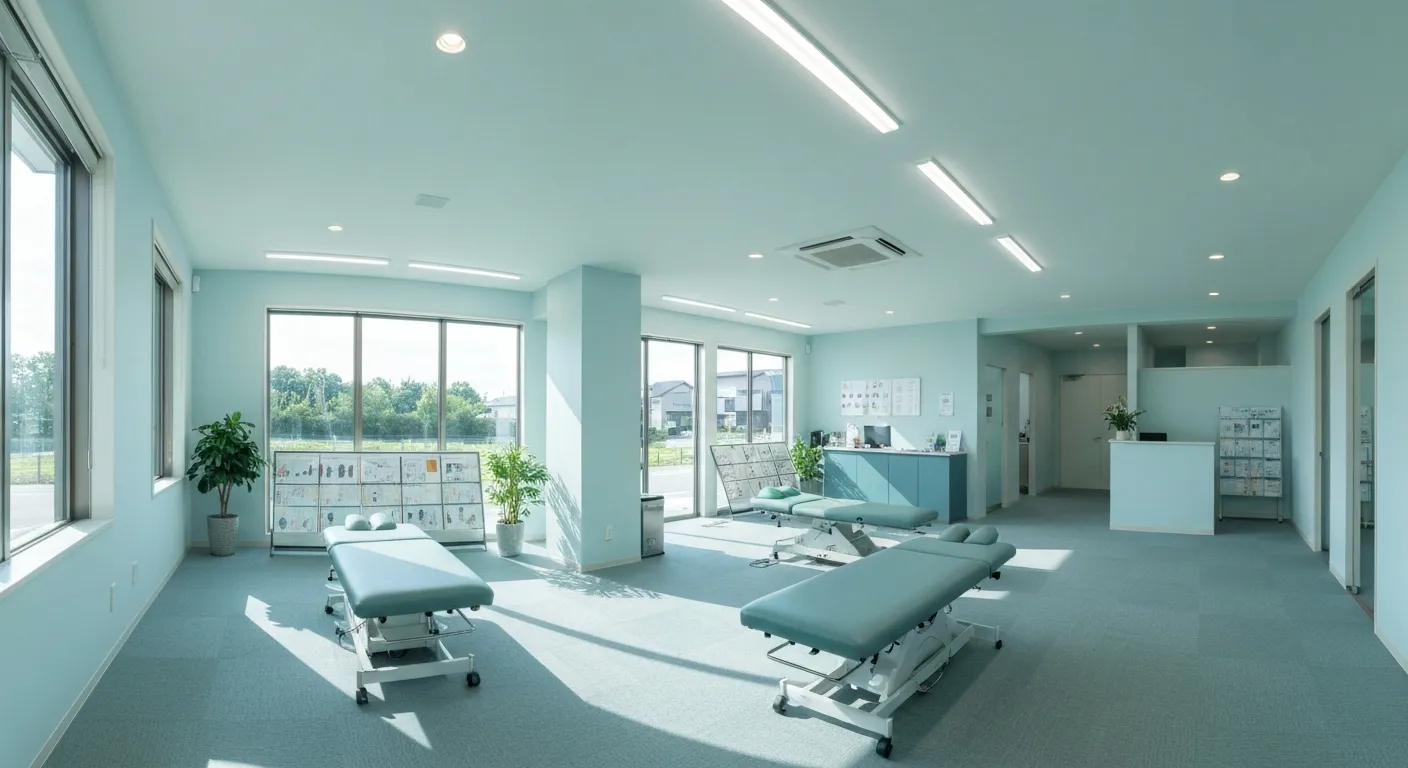
Testimonials That Demonstrate the Benefits of Chiropractic Care

The Power of Corrective Exercises in Pain Management

A Step-by-Step Guide to Your Initial Chiropractic Consultation

9 Nutritional Tips to Enhance Your Chiropractic Wellness Journey

Patient Experiences: How Chiropractic Care Changed Their Lives

Lifestyle Recommendations to Keep Your Spine in Top Shape

Effective Corrective Exercises for Long-Term Pain Relief

Back Pain Benefits: What Chiropractic Care Can Do for You
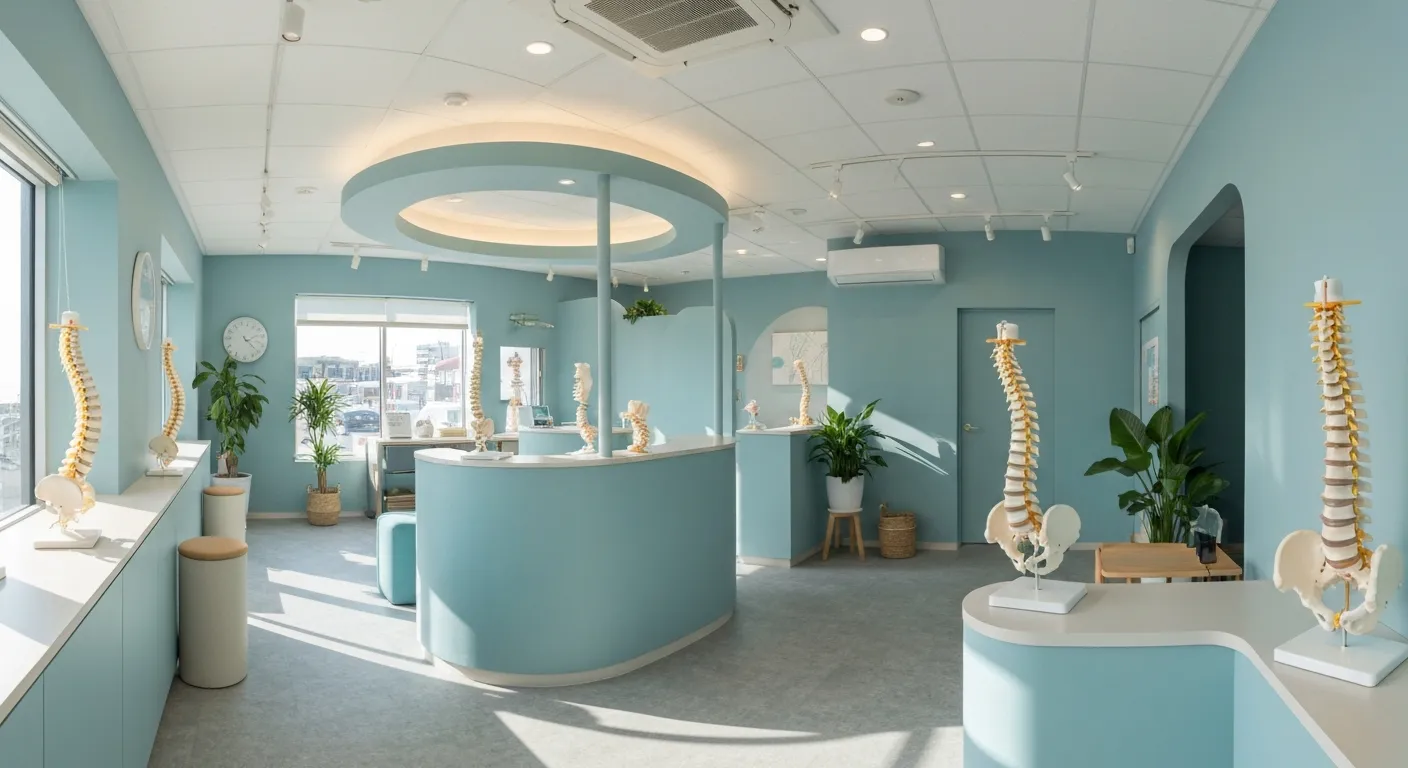
Spinal Decompression Techniques for Effective Sciatica Relief

Top Nutritional Counseling Tips for Enhanced Wellness

6 Lifestyle Habits That Boost Spine Health Daily

Discover Holistic and Non-Surgical Pain Relief Solutions

Exploring Holistic and Non-Surgical Treatment Options for Pain
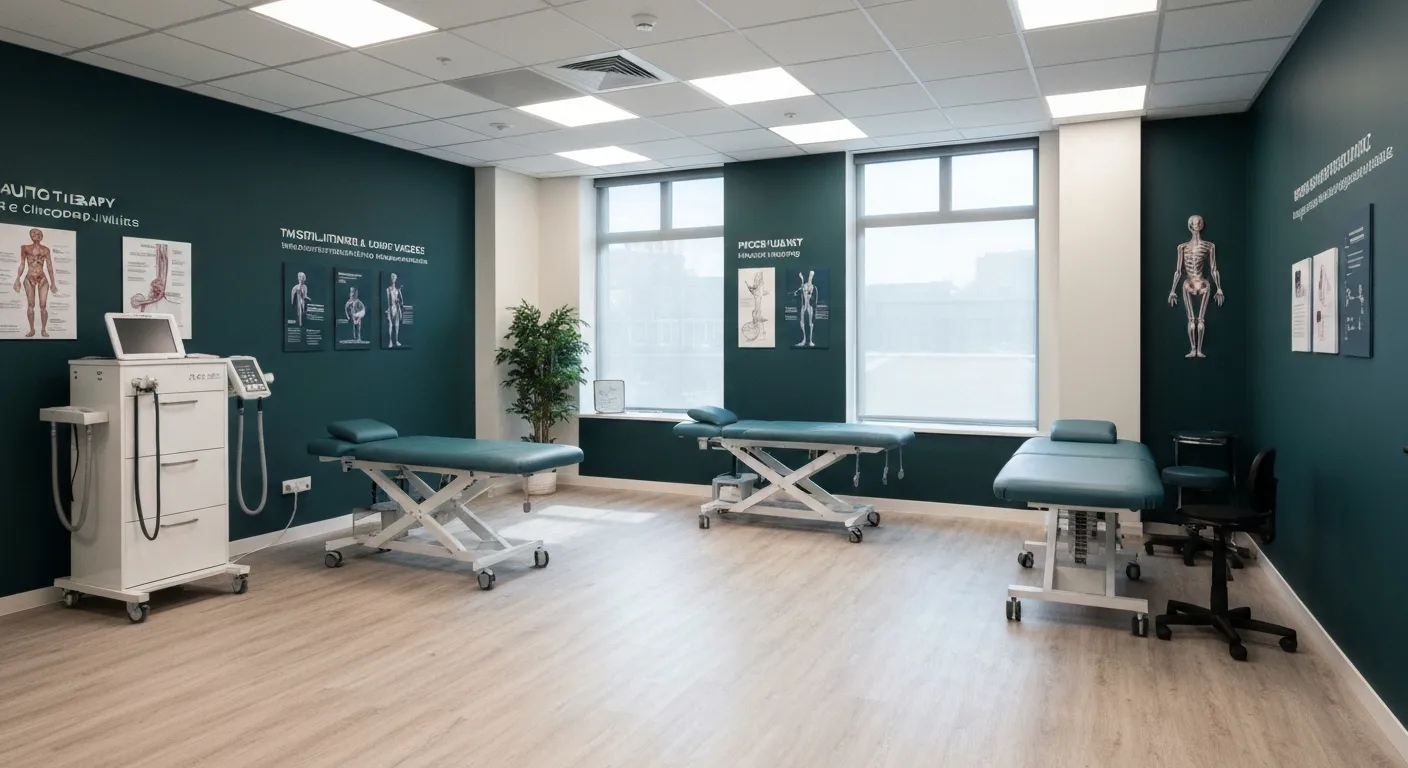
The Role of Physiotherapy in Enhancing Chiropractic Care Outcomes

Complementing Chiropractic Care with Physiotherapy: What You Need to Know

What to Expect During Your First Chiropractic Visit
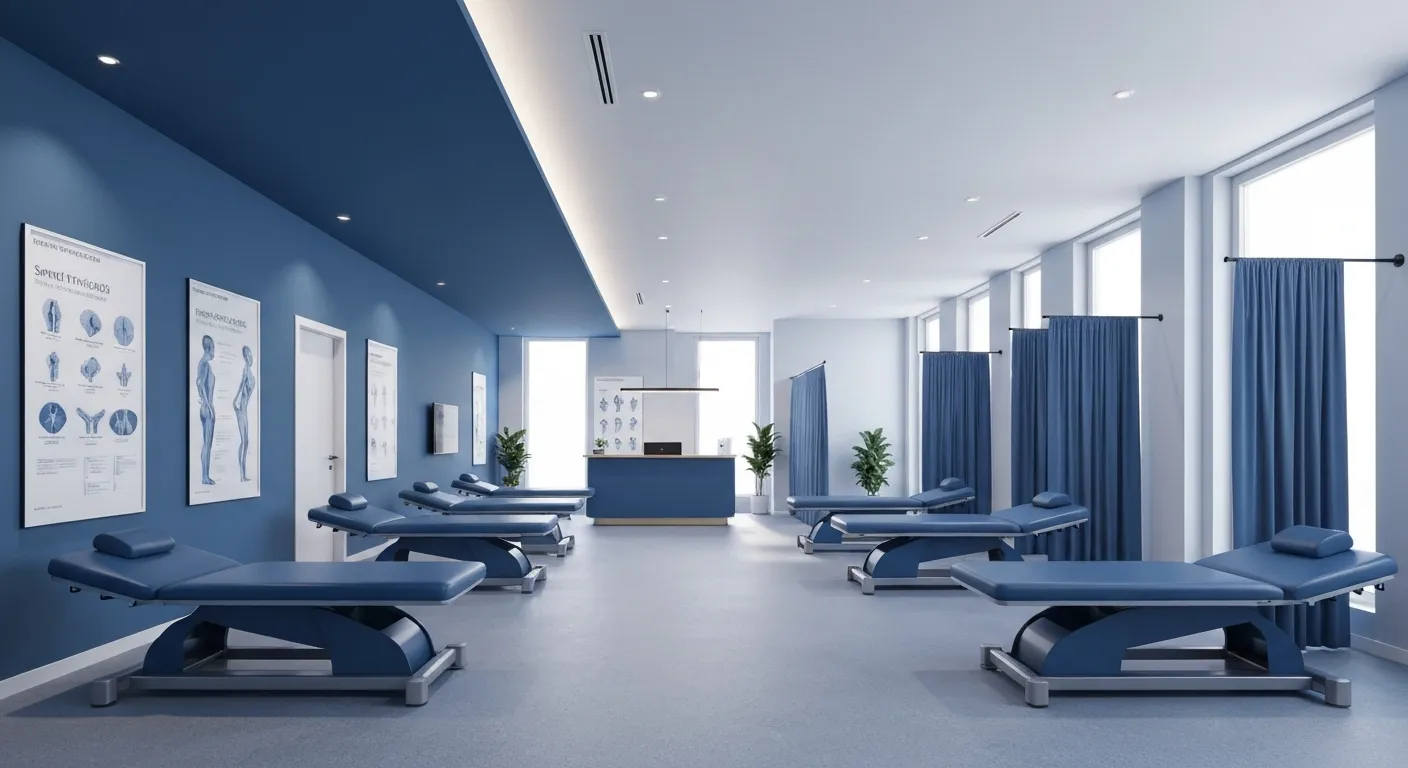
Simple Lifestyle Adjustments to Maintain a Healthy Spine
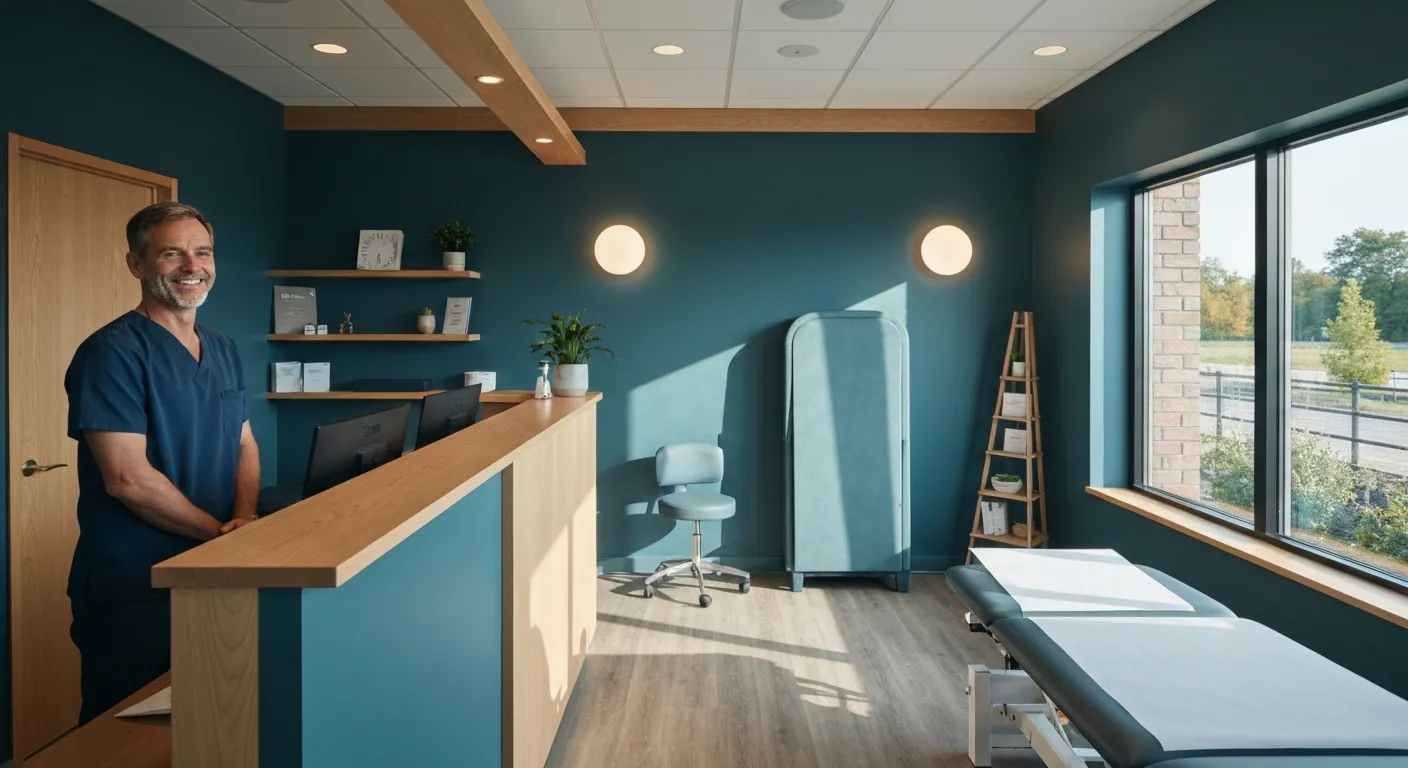
Personalized Nutritional Counseling for Improved Health Outcomes

Exploring Non-Surgical Treatments for Spine-Related Conditions
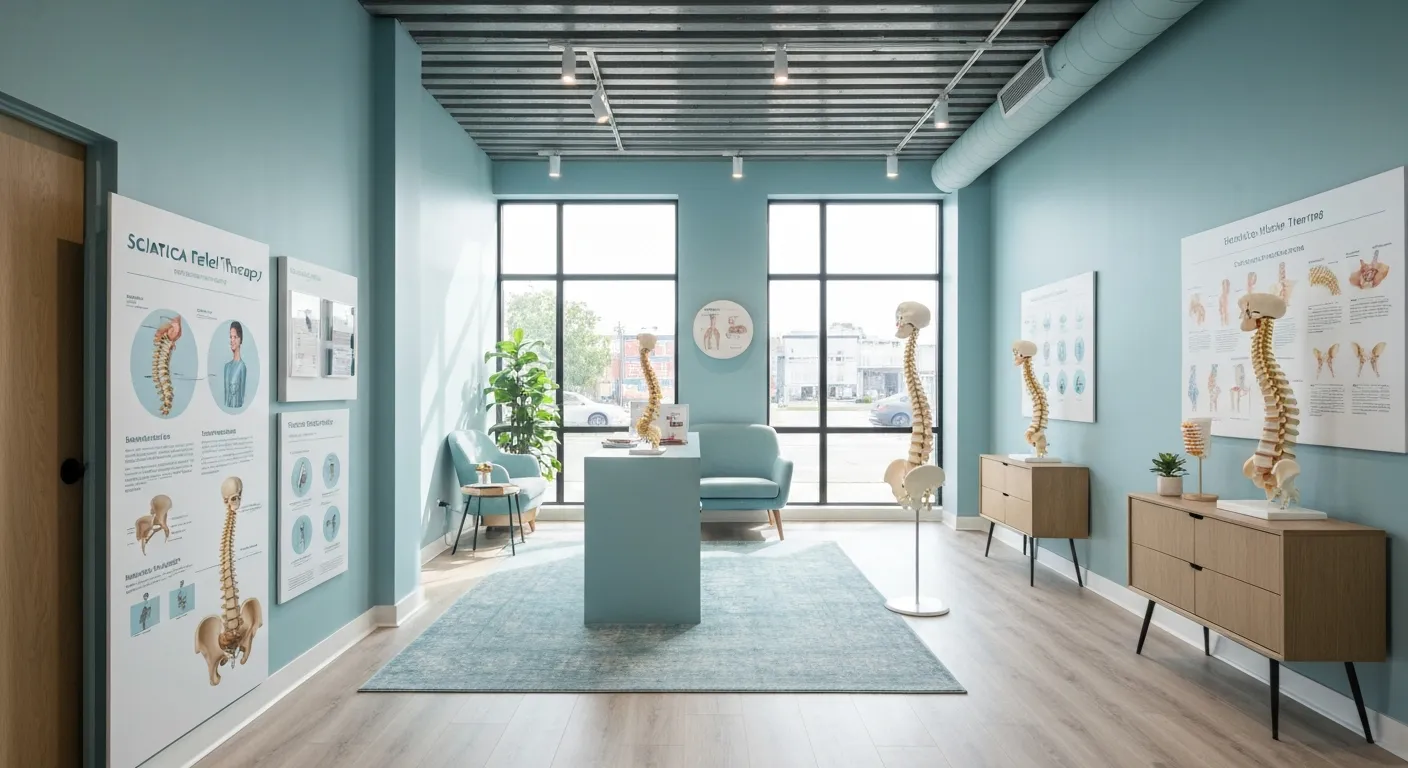
An Introduction to Spinal Decompression for Sciatica Patients
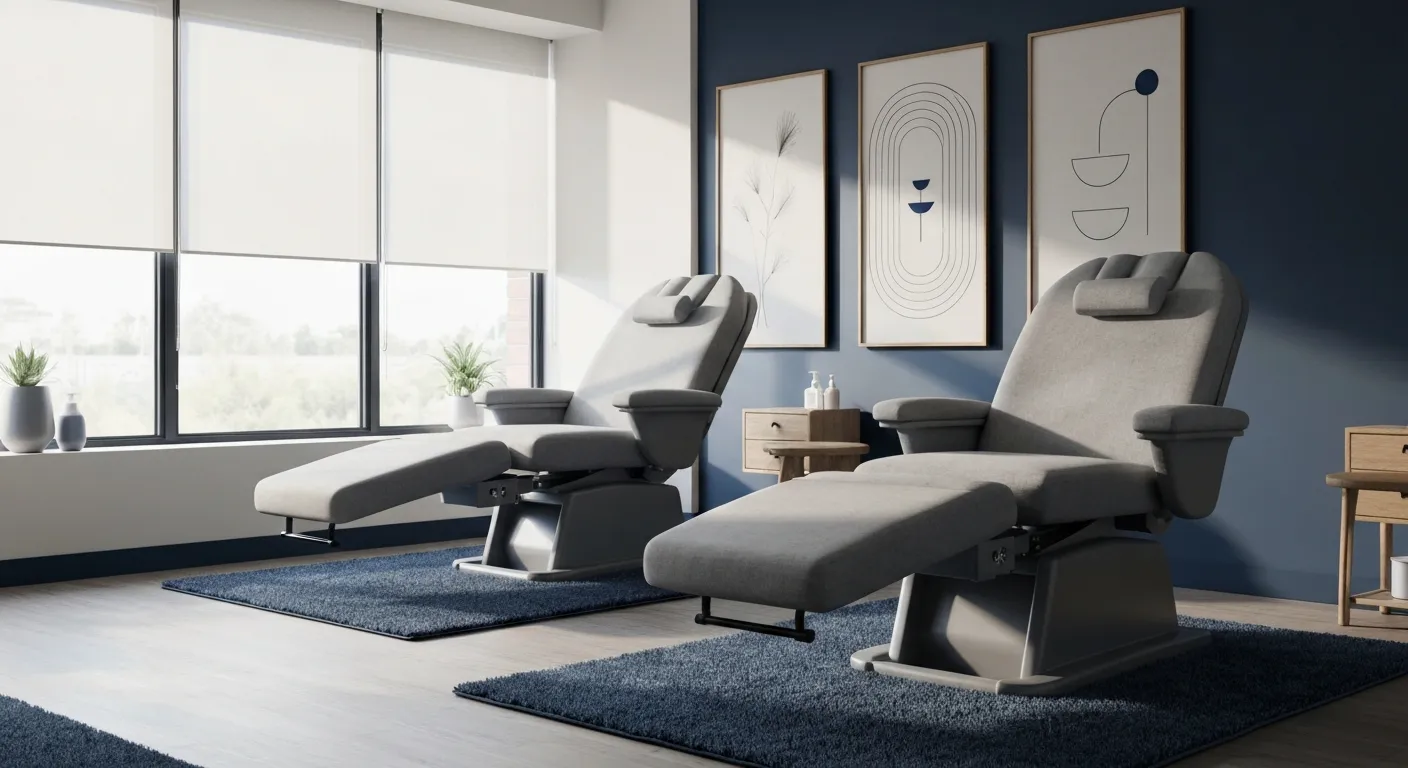
Transformative Success Stories: Patient Experiences with Chiropractic Treatments
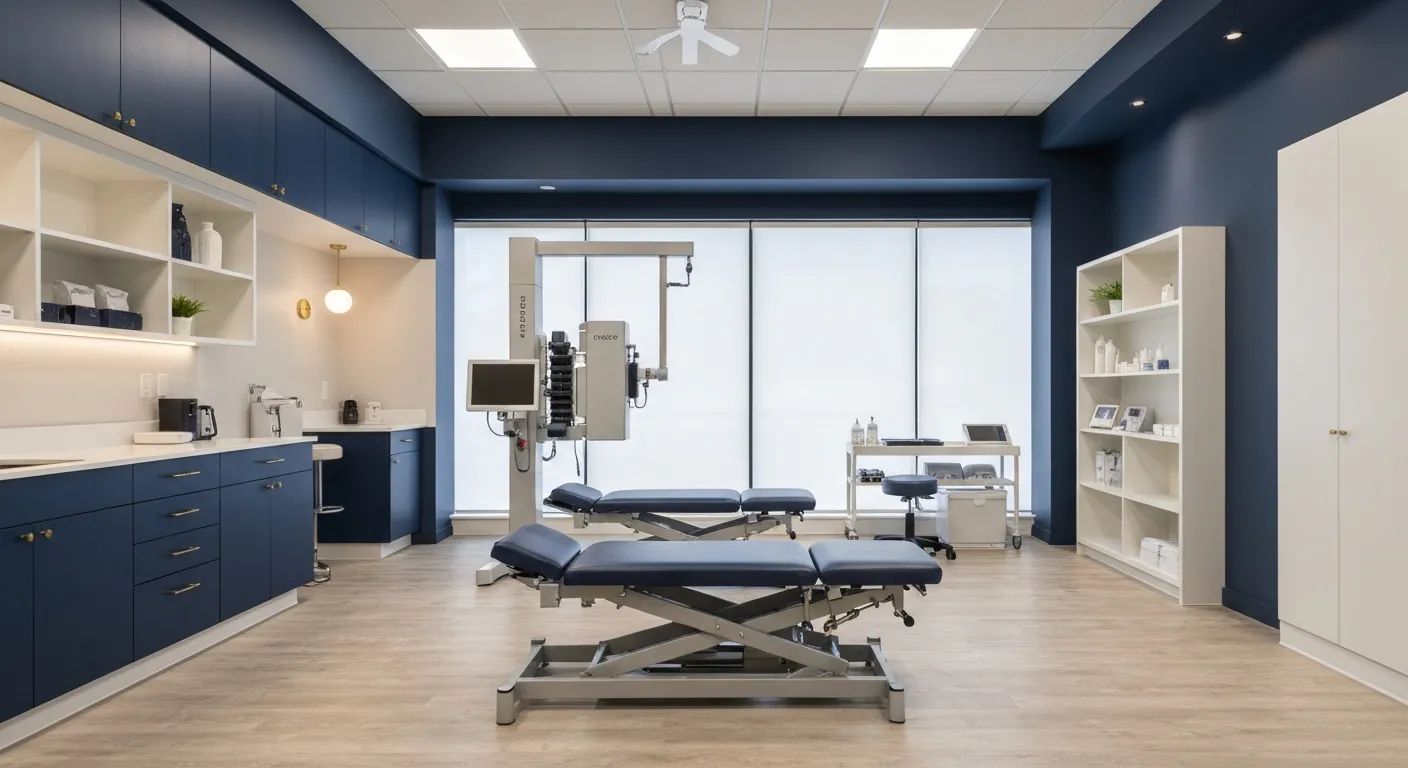
Why Chiropractic Care Is Essential for Back Pain Relief

Addressing Underlying Causes Versus Symptom Management in Pain Care

The Role of Nutrition in Enhancing Chiropractic Treatment Effectiveness
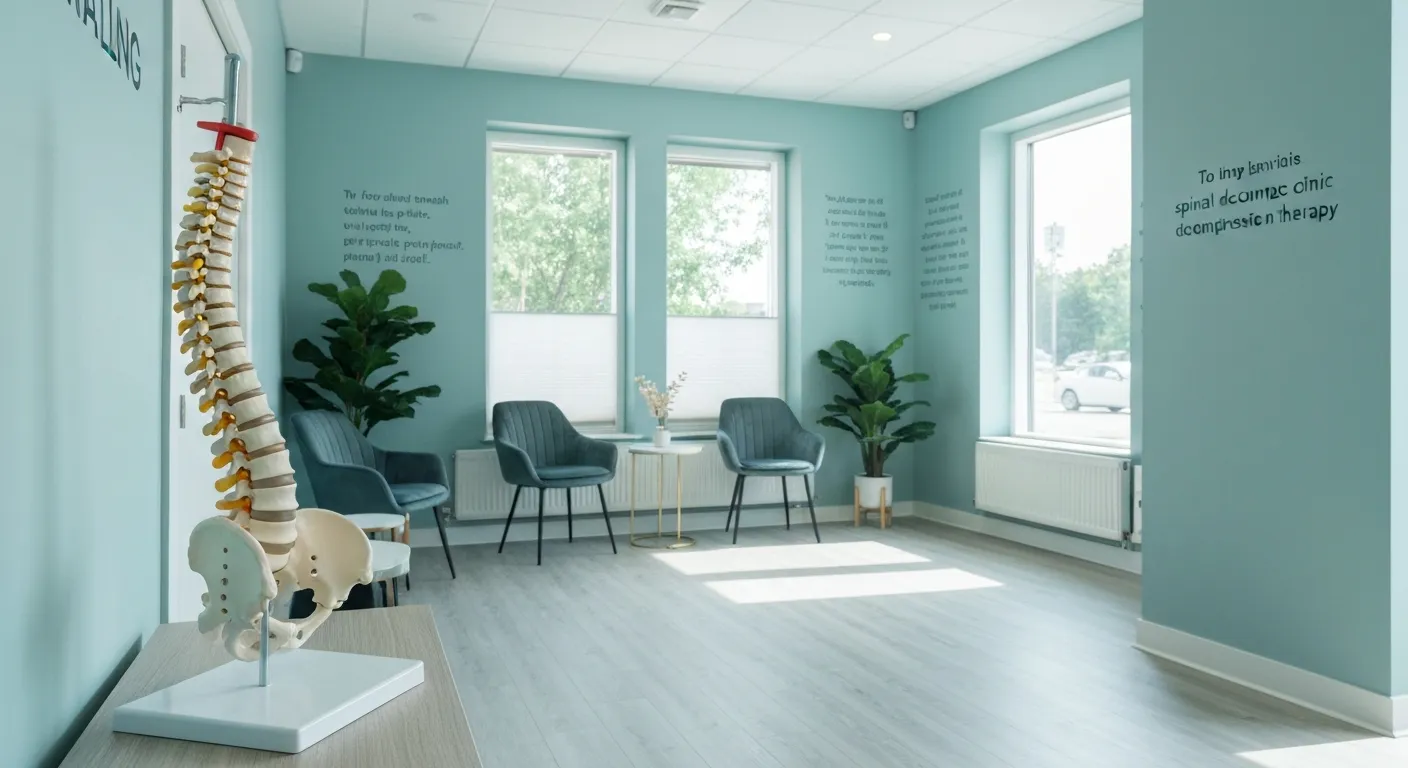
Sciatica Treatment Options: Is Spinal Decompression Right for You?
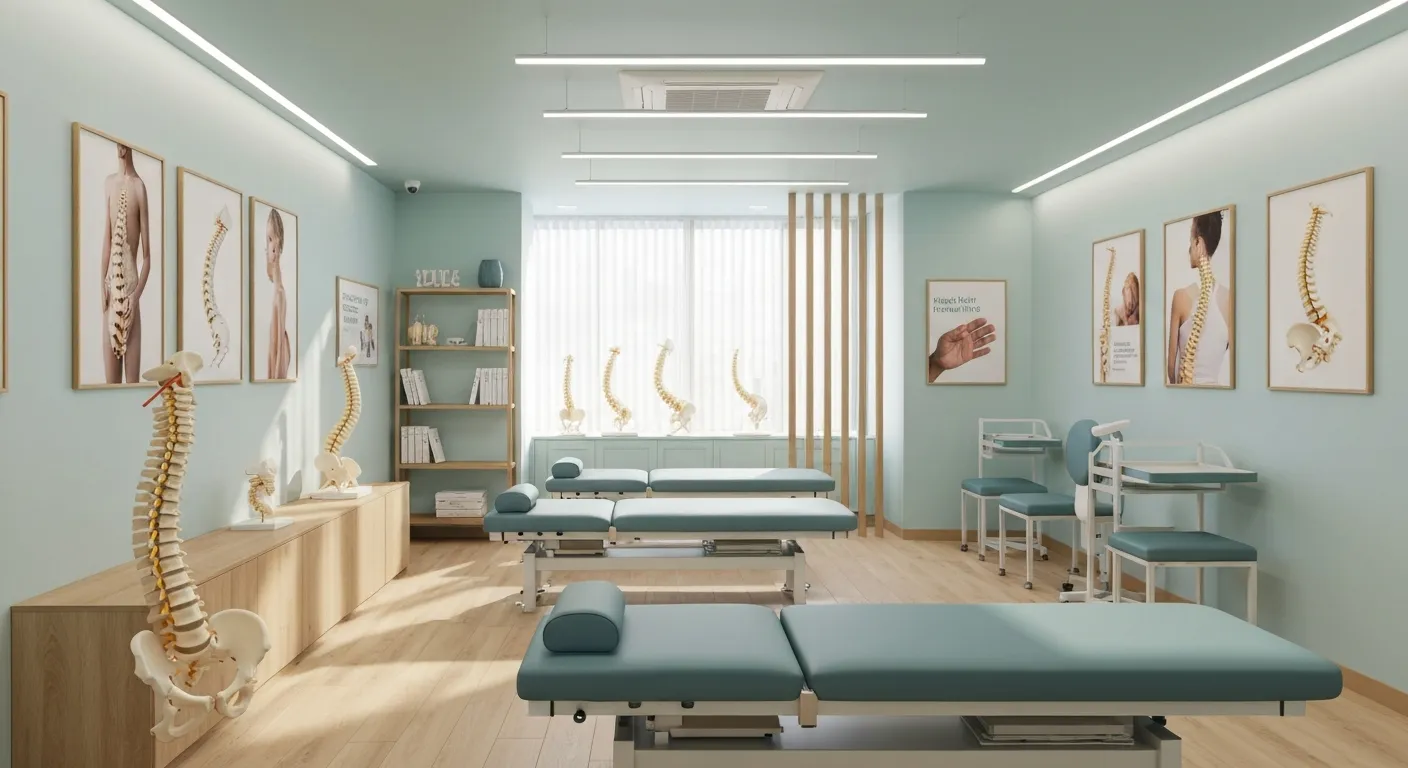
Lifestyle Tips to Maintain a Healthy Spine and Prevent Back Issues
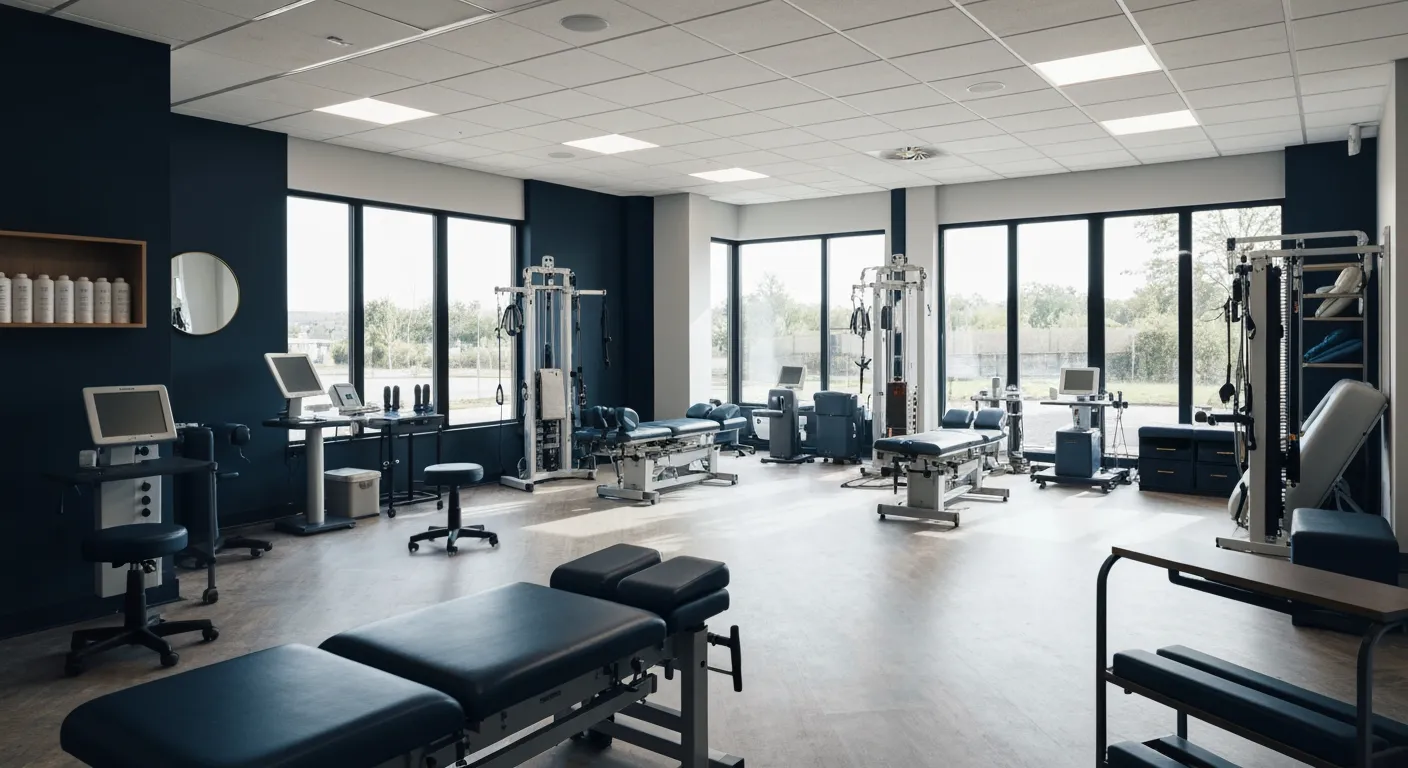
The Synergy Between Physiotherapy and Chiropractic Treatments

What Happens During Your Initial Chiropractic Consultation

Effective Corrective Exercises for Sustainable Pain Management

Taking a Root Cause Approach to Chronic Pain Management

Holistic Pain Management Techniques Without Surgery

How Patient Success Stories Validate Chiropractic Care Benefits

Spinal Decompression: Innovative Treatment for Sciatic Nerve Pain

Spinal Decompression Therapy: A Non-Invasive Approach to Sciatica Relief

Exploring Holistic Approaches Beyond Surgery for Pain Relief

Practical Lifestyle Advice to Support a Healthy Spine Every Day

Corrective Exercise Routines Designed for Long-Term Pain Prevention

Real Patient Stories: Overcoming Chronic Pain with Chiropractic Care

Lifestyle Changes That Promote a Healthy Spine and Prevent Injury

How Addressing the Root Cause of Pain Leads to Lasting Relief

Non-Surgical Holistic Therapies to Manage Chronic Pain Effectively

Nutritional Counseling's Impact on Physical Health and Healing

Benefits of Regular Chiropractic Care for a Stronger Back

Your First Chiropractic Visit: What to Expect and How to Prepare

Patient Experiences: How Chiropractic Care Transformed Their Lives

Exploring Holistic, Non-Surgical Options for Pain Management

Combining Physiotherapy with Chiropractic Treatments for Enhanced Recovery

Holistic Treatments That Offer Alternatives to Surgery for Pain Relief

Corrective Exercise Strategies for Long-Term Spine Health

How Physiotherapy Complements Chiropractic Adjustments for Better Outcomes

First-Time Chiropractic Visitors: What You Should Know

Understanding the Importance of Treating Pain at Its Source

Adopting Lifestyle Changes to Support Your Spine's Wellness

Utilizing Physiotherapy to Enhance Chiropractic Treatment Outcomes

The Key Advantages of Chiropractic Care for Back Pain Sufferers

Why Focusing on Root Causes Improves Pain Treatment Success

Corrective Exercises That Promote Lasting Pain Relief and Mobility

Sciatica Relief Through Targeted Spinal Decompression Techniques

Preparing for Your First Chiropractic Appointment with Confidence

Healthy Lifestyle Habits for Maintaining Spinal Alignment

Success Stories Highlighting Chiropractic's Role in Pain Recovery

Top Benefits of Chiropractic Care for Chronic Back Pain

Nutrition Tips to Boost Your Overall Wellness and Recovery

How Chiropractic Care Alleviates Back Pain Naturally

How Nutritional Counseling Supports Overall Wellness and Spine Health

Step-by-Step Guide to Your First Visit with a Chiropractor

